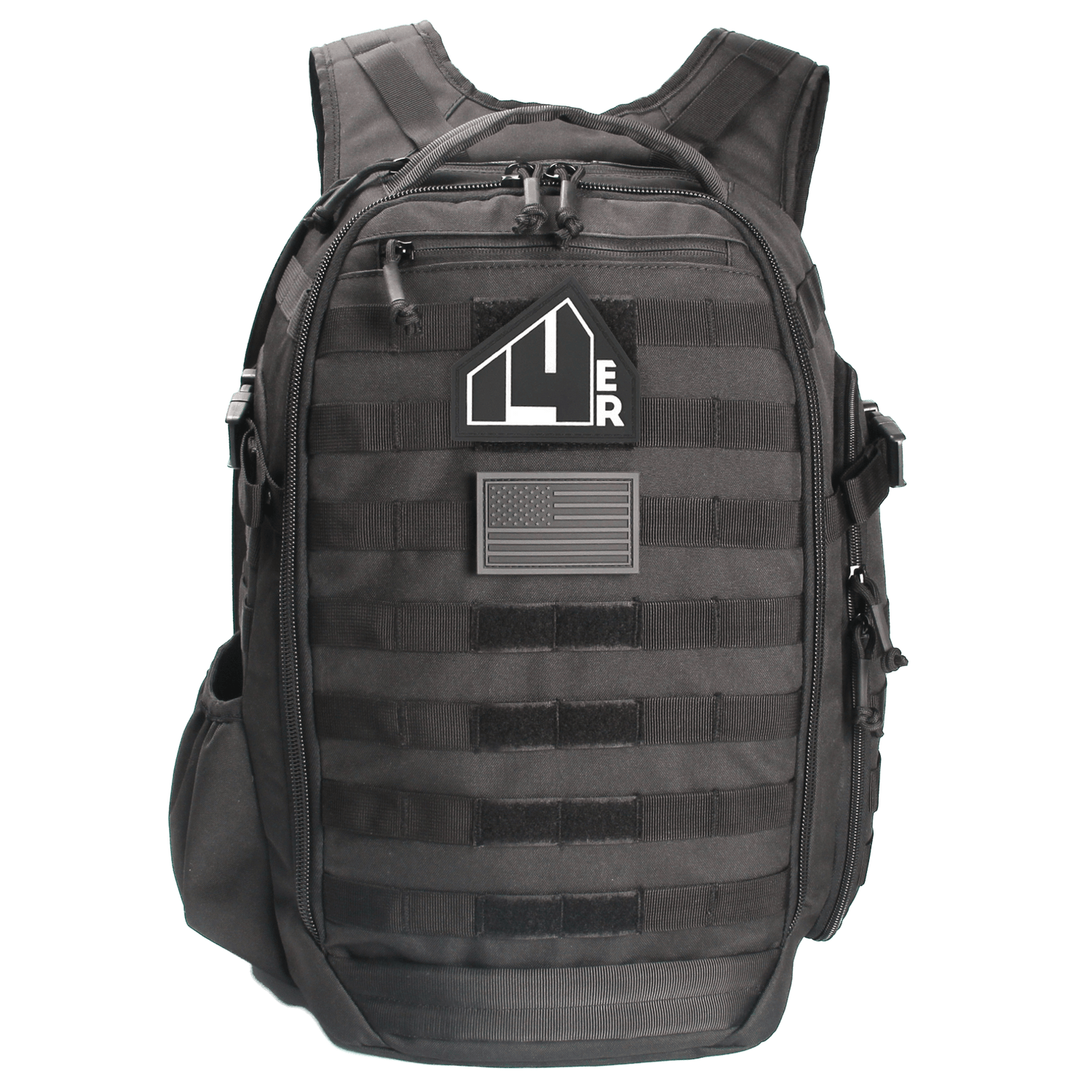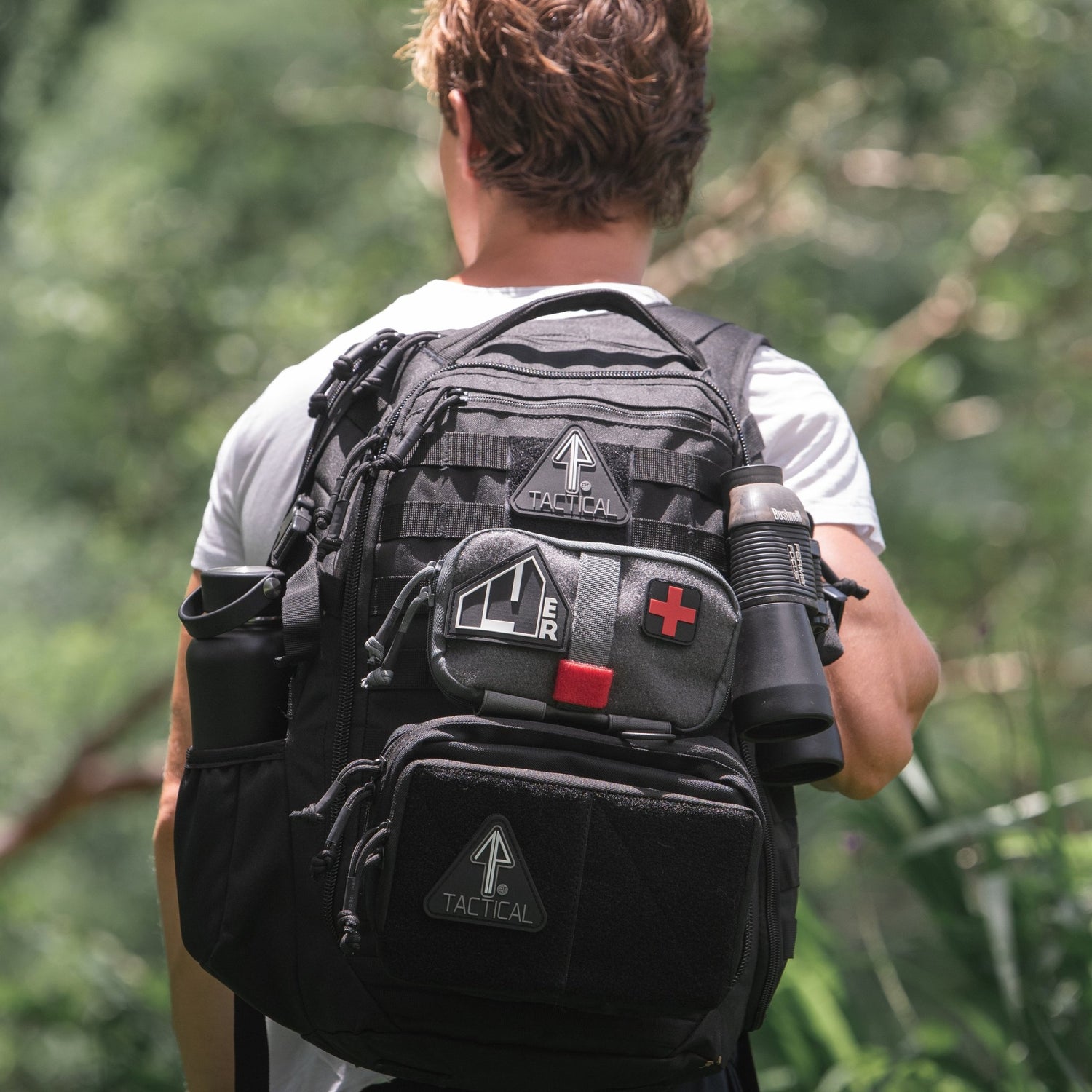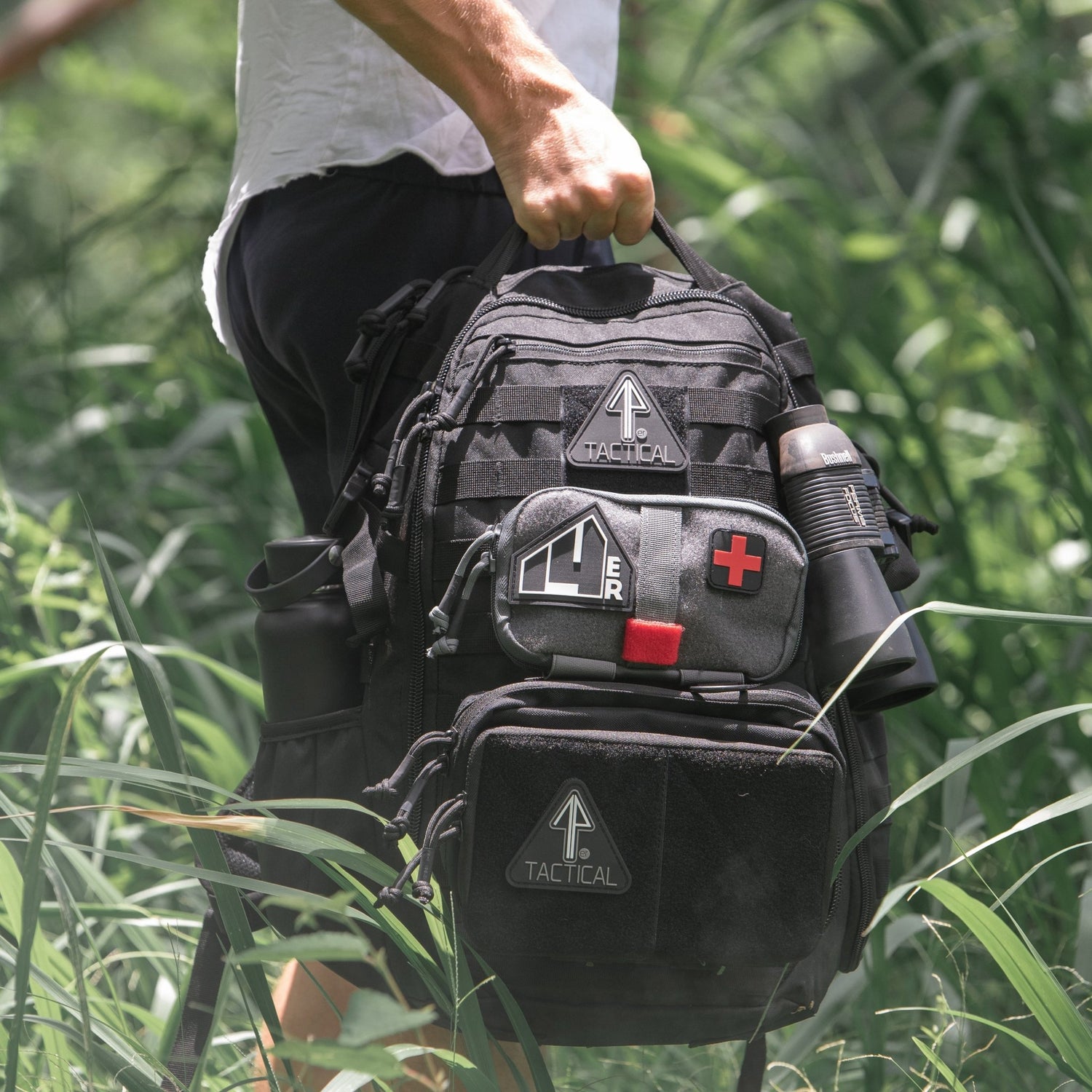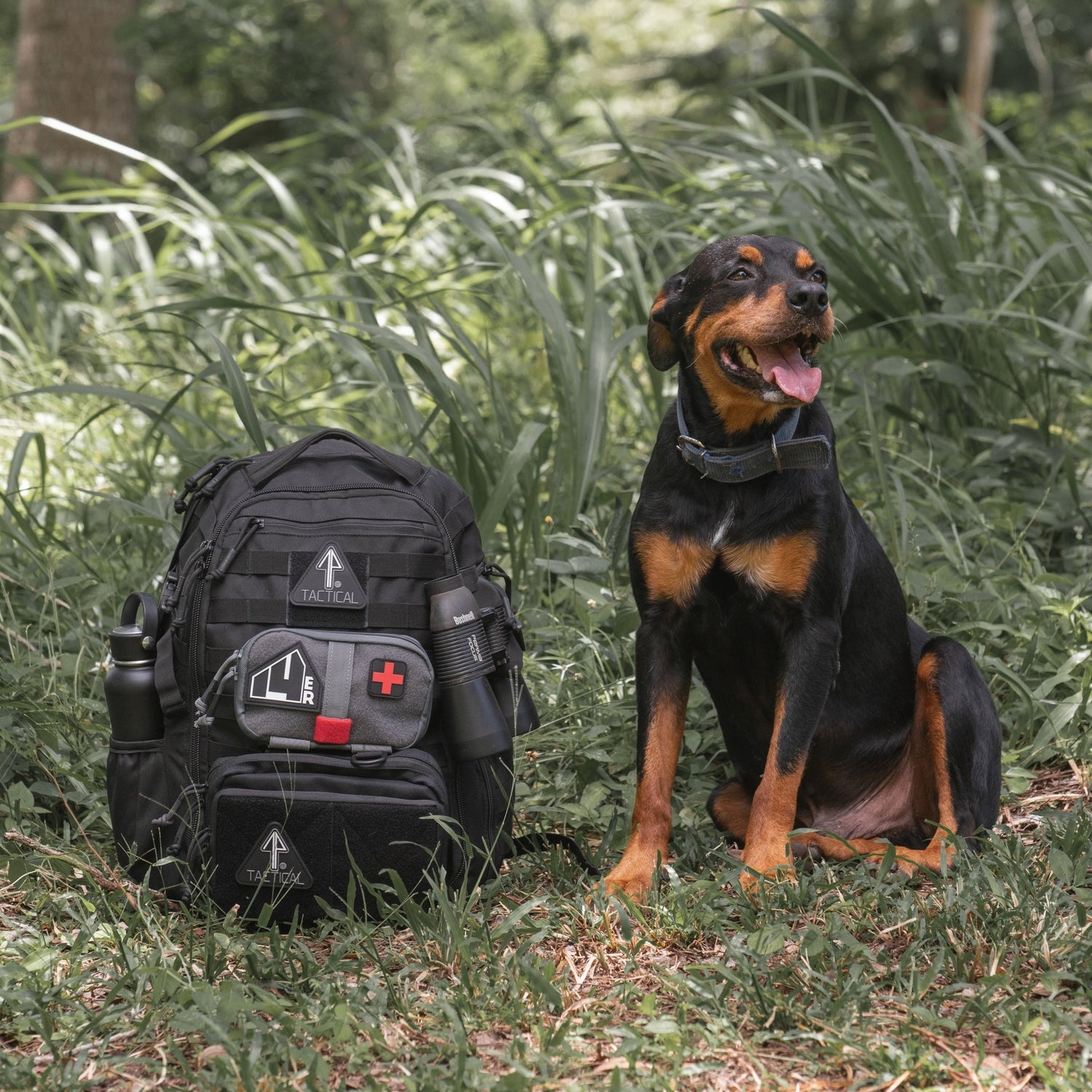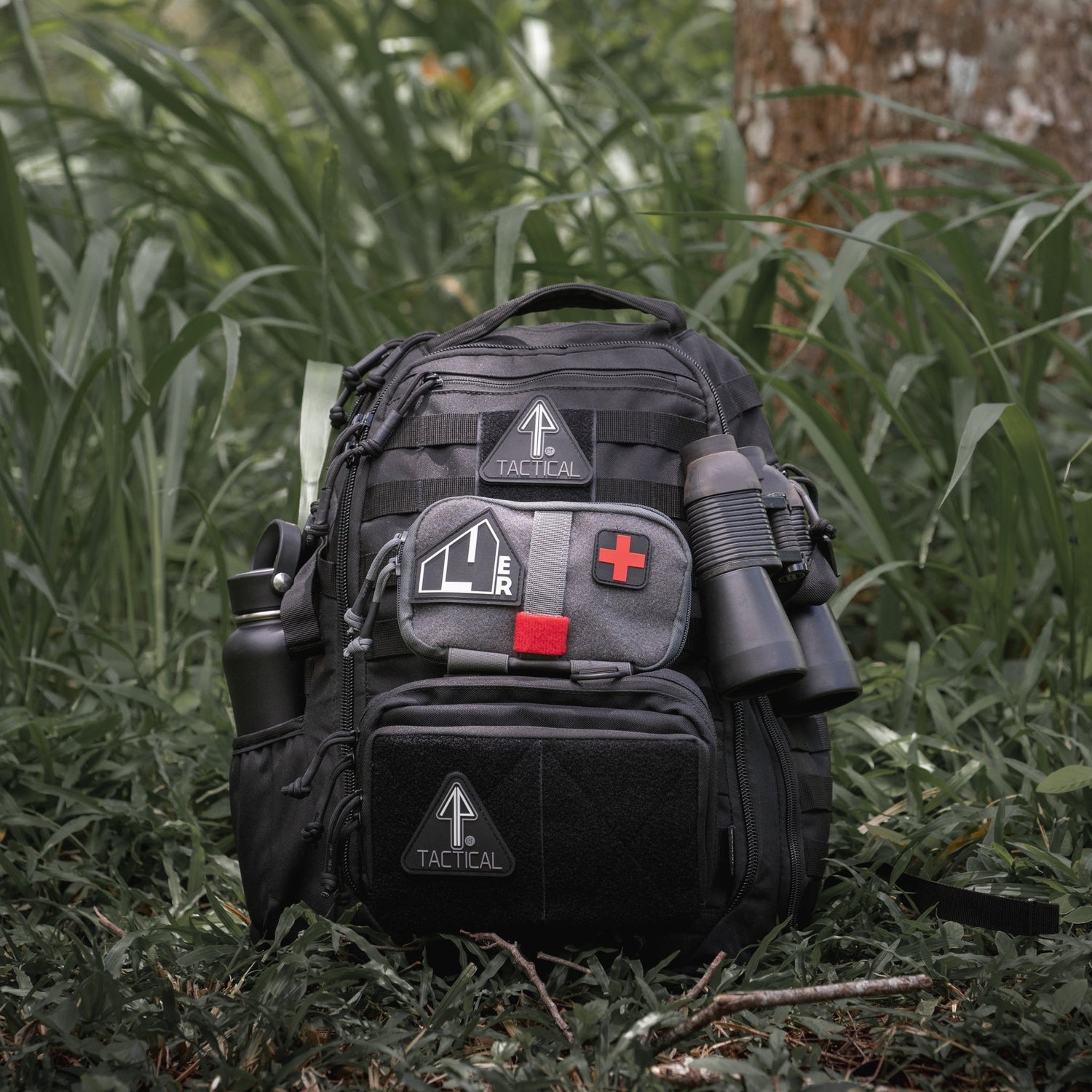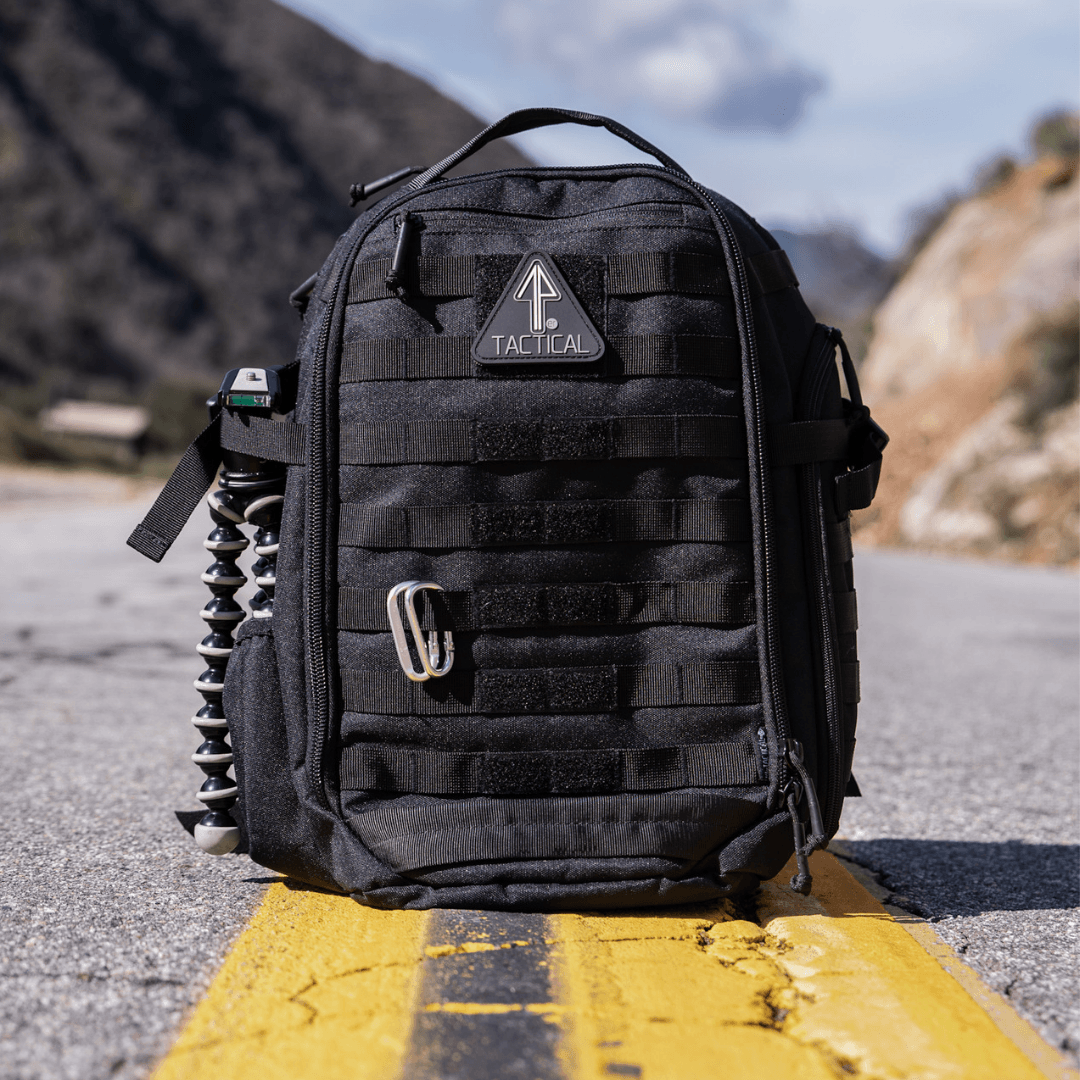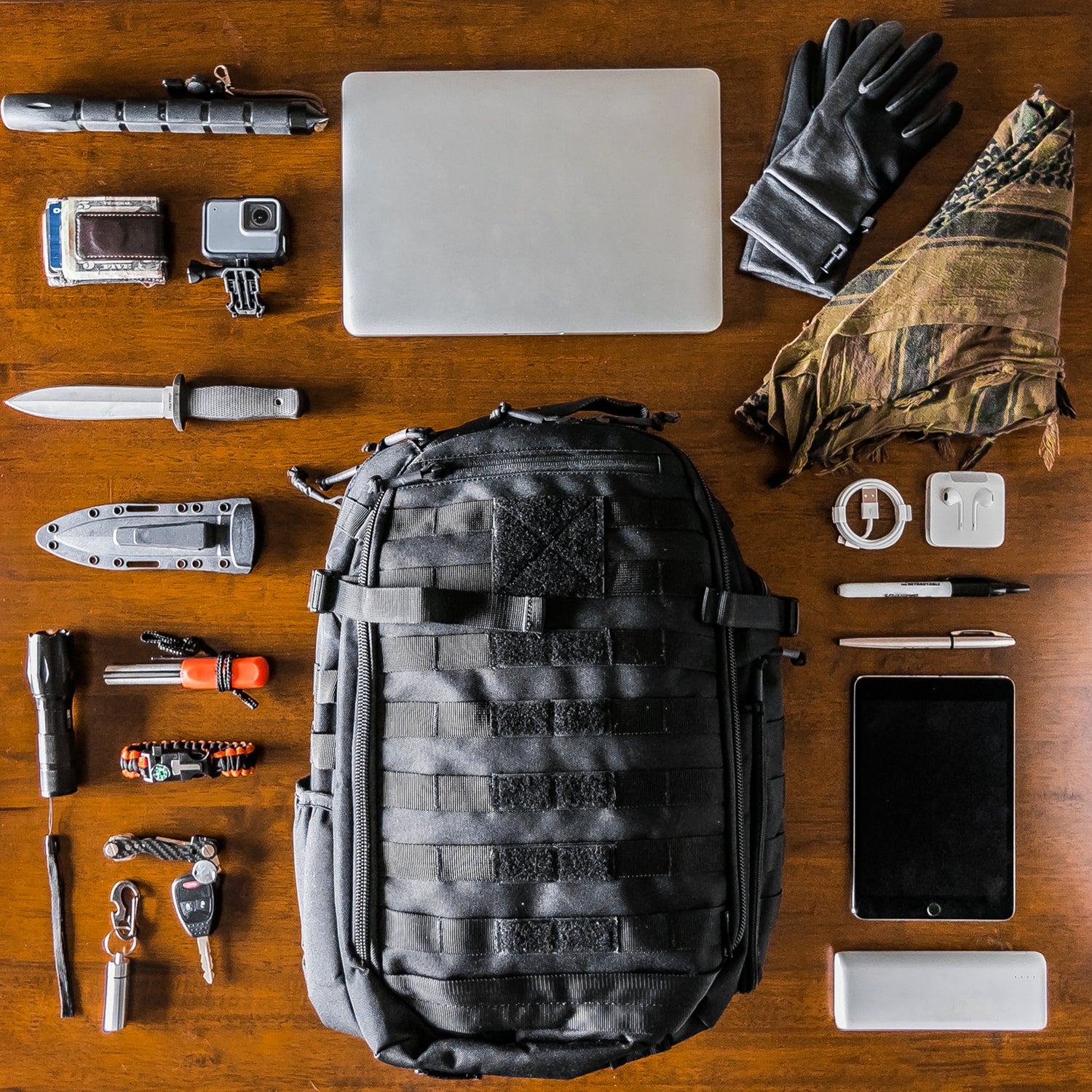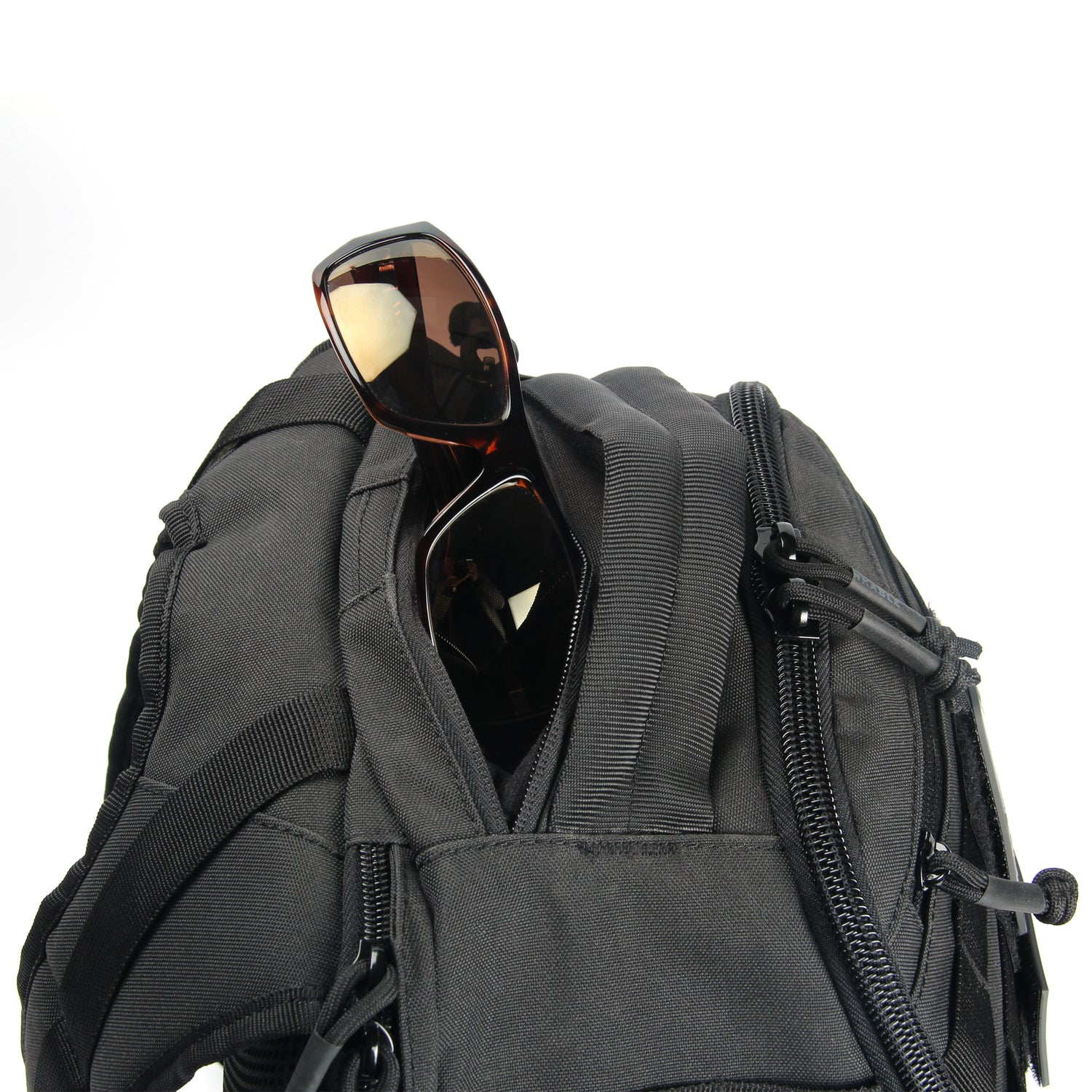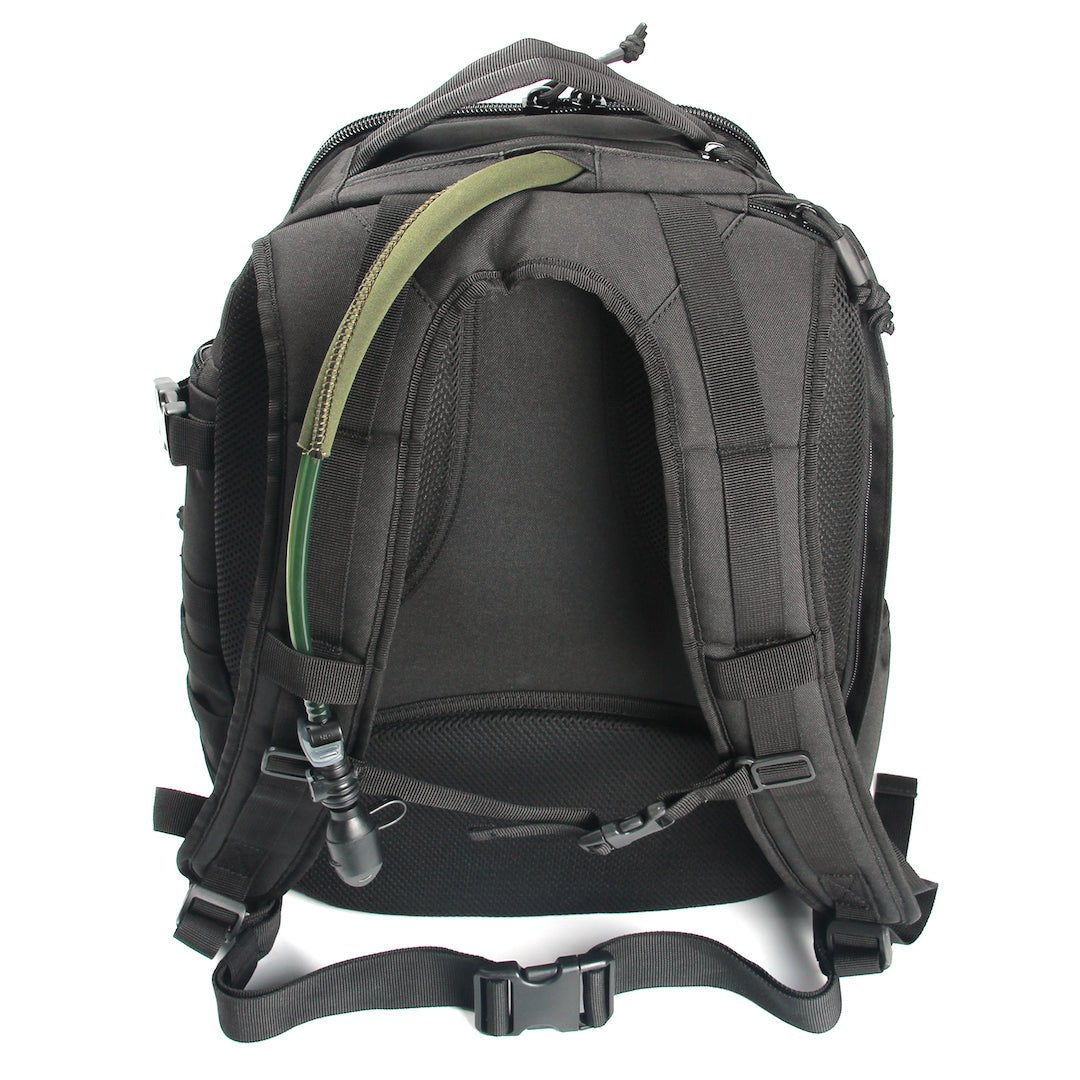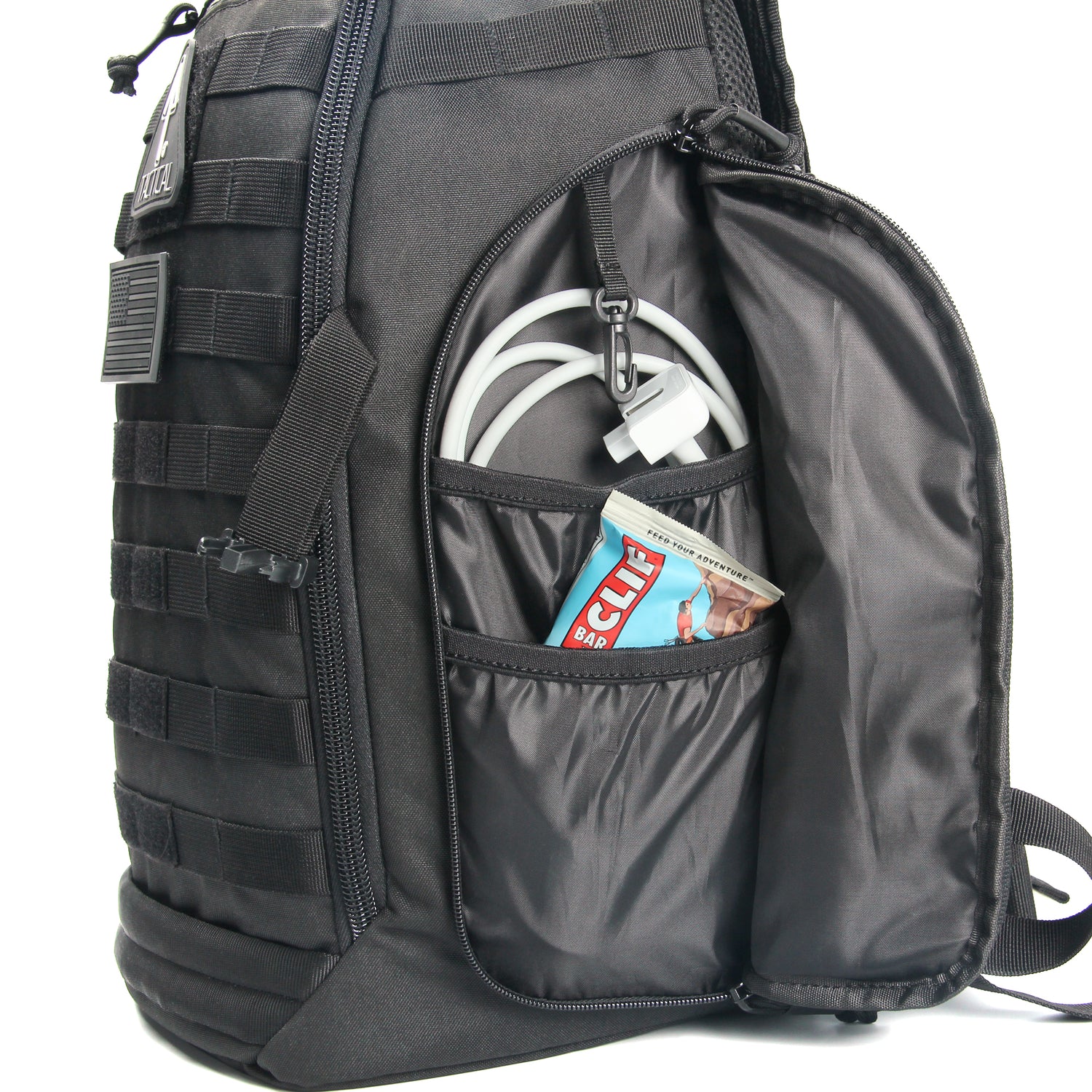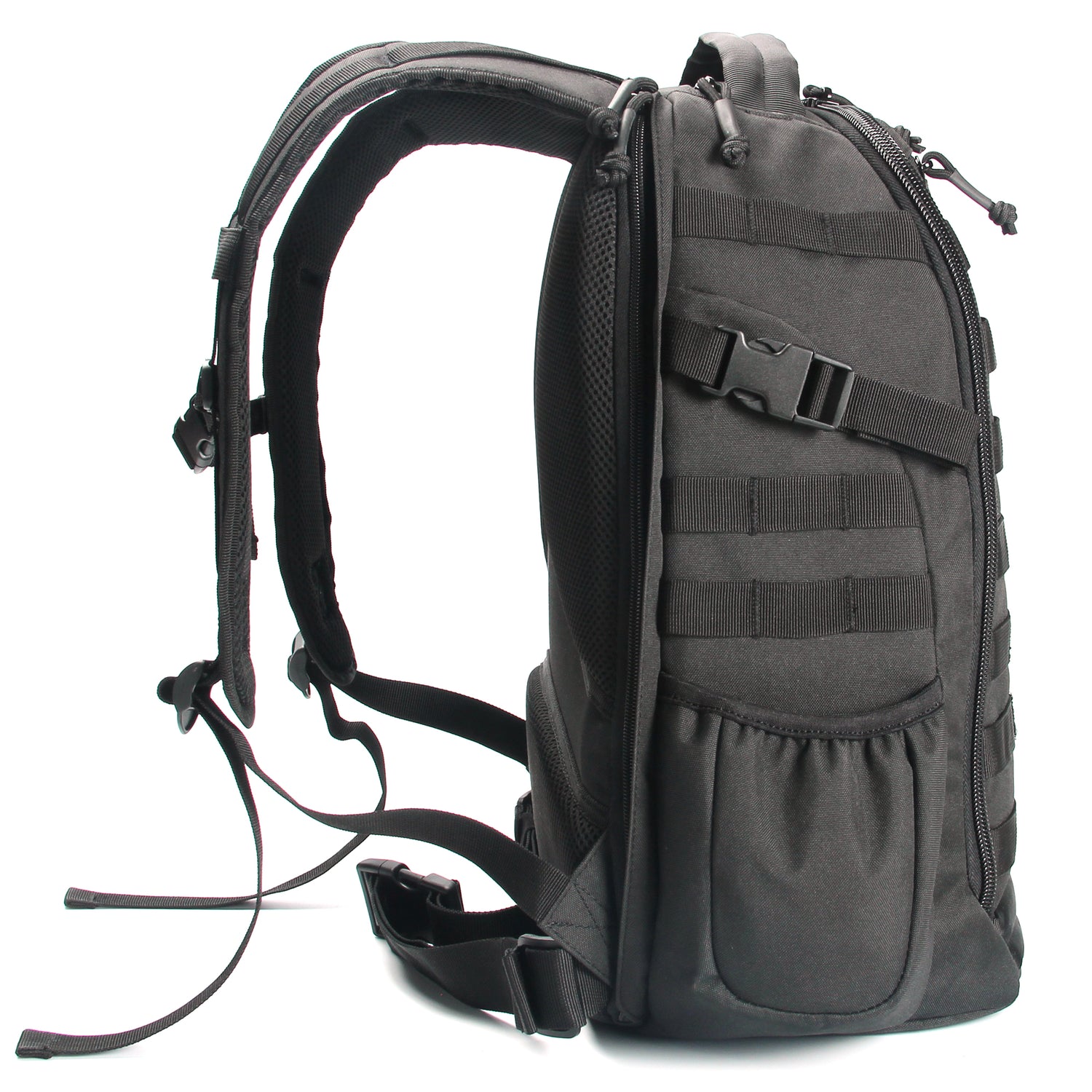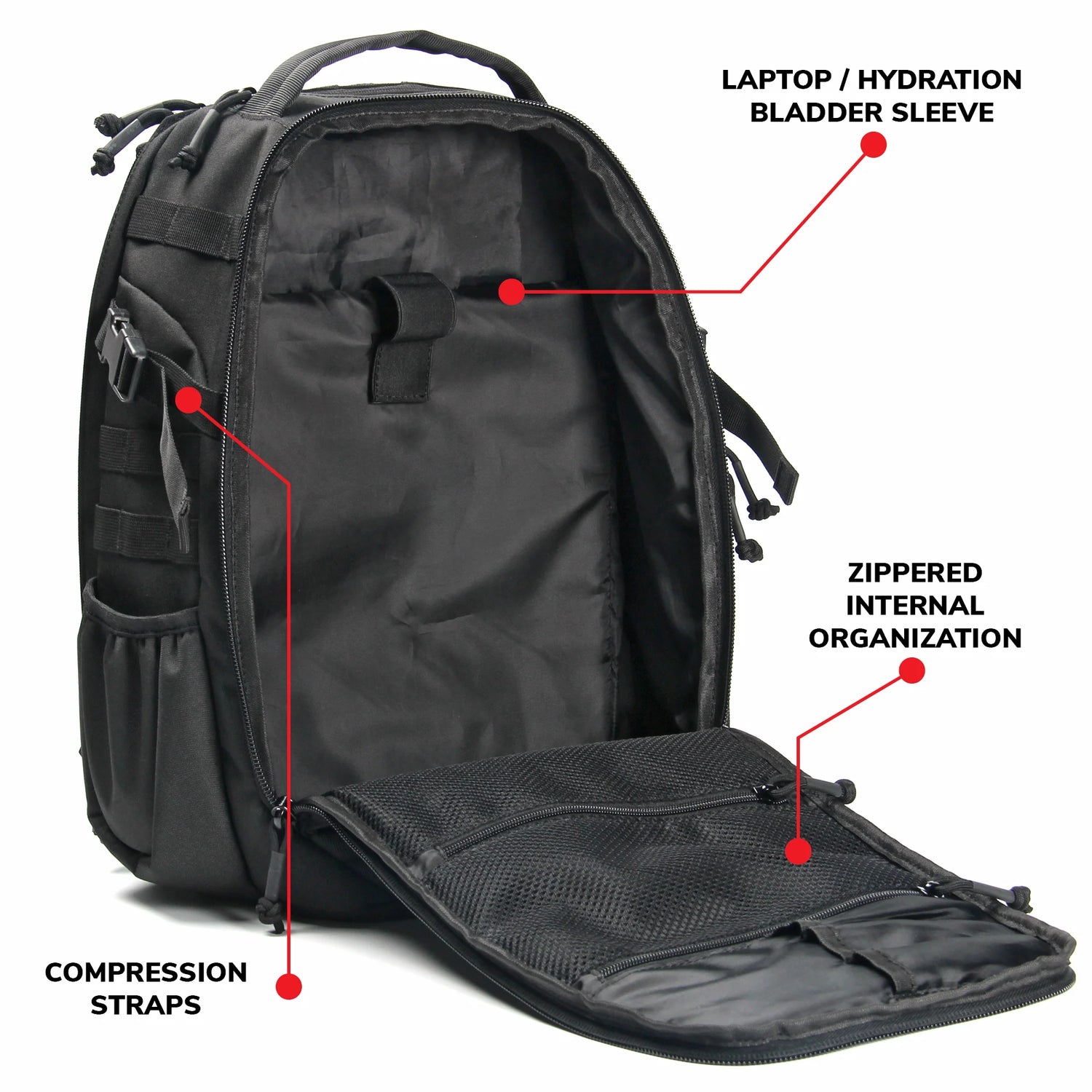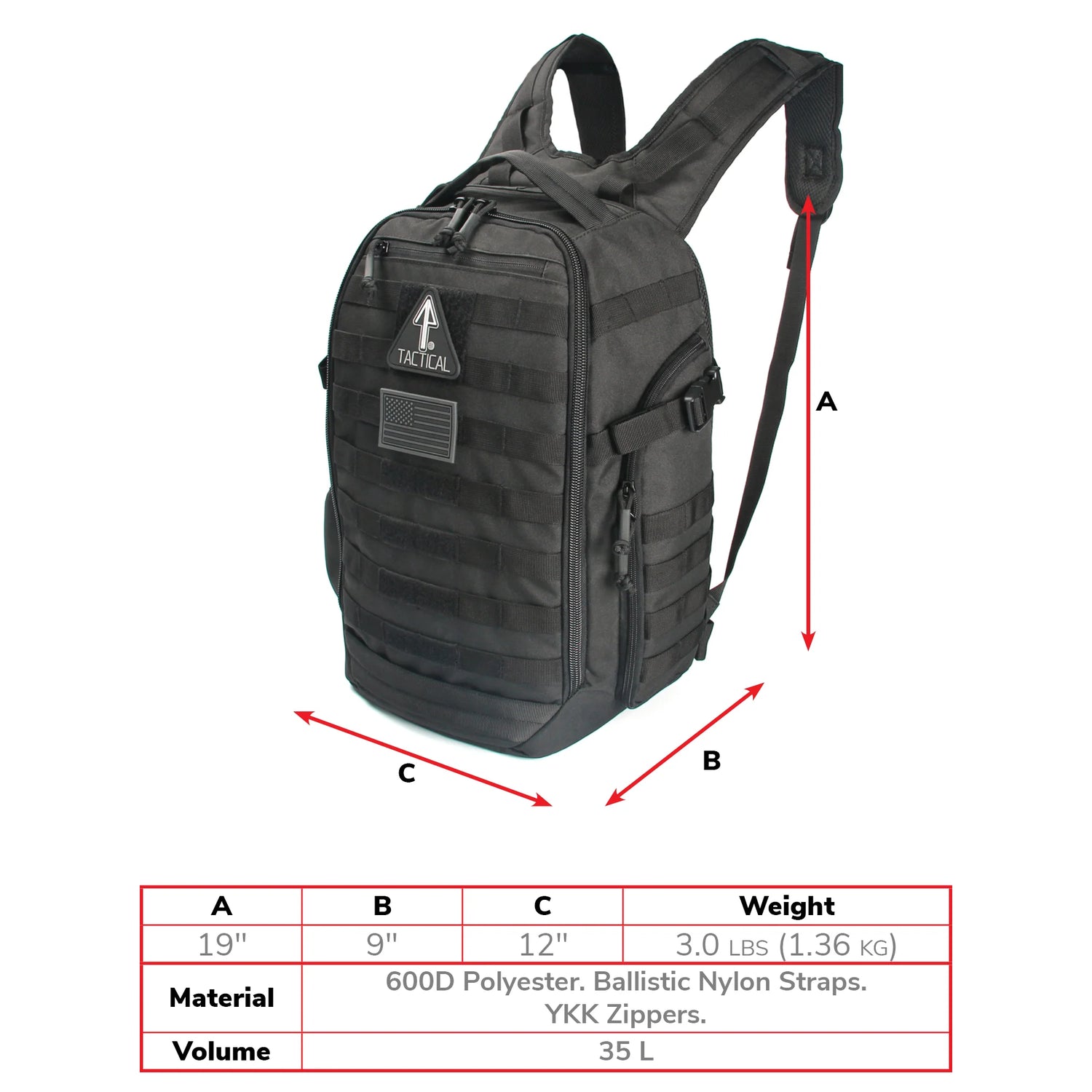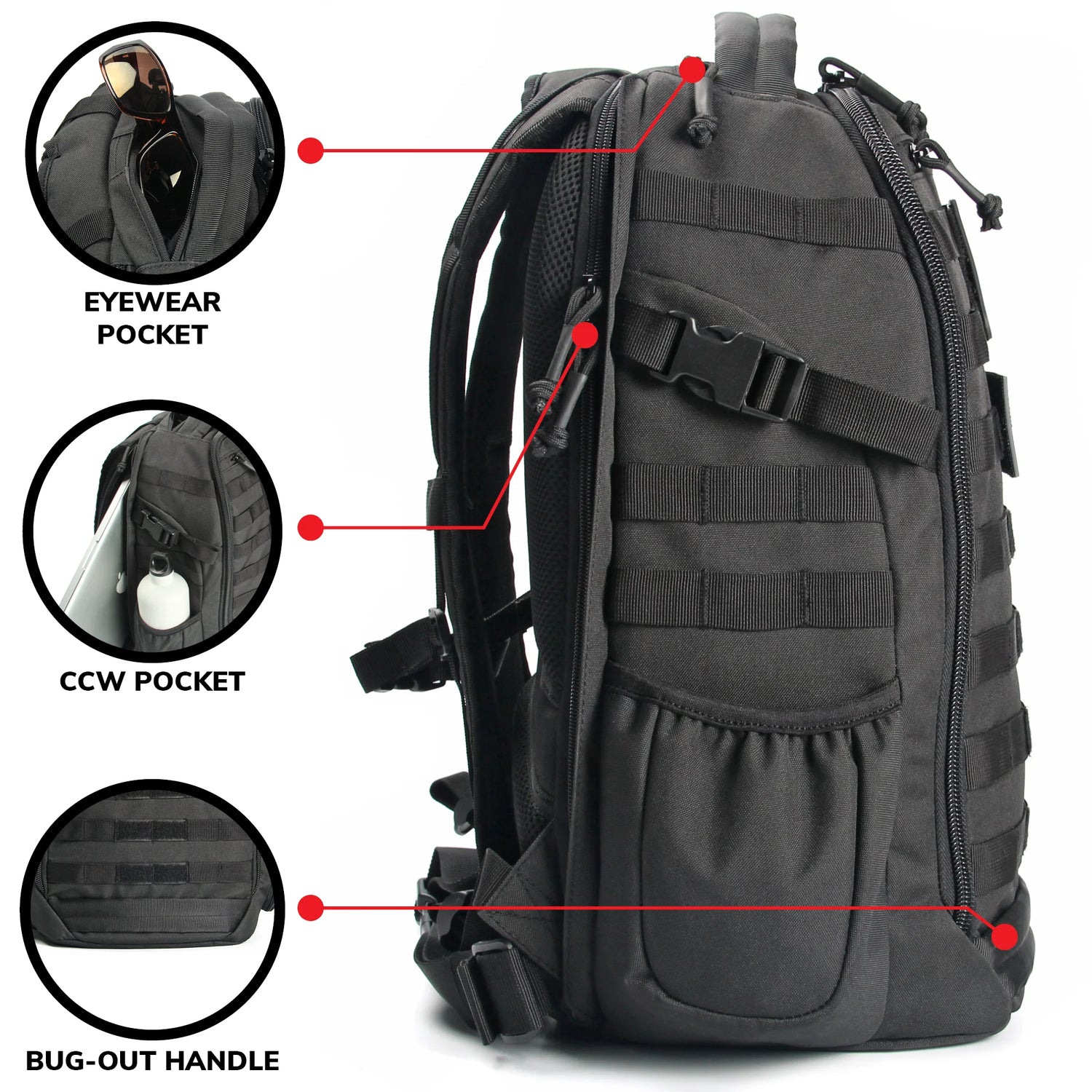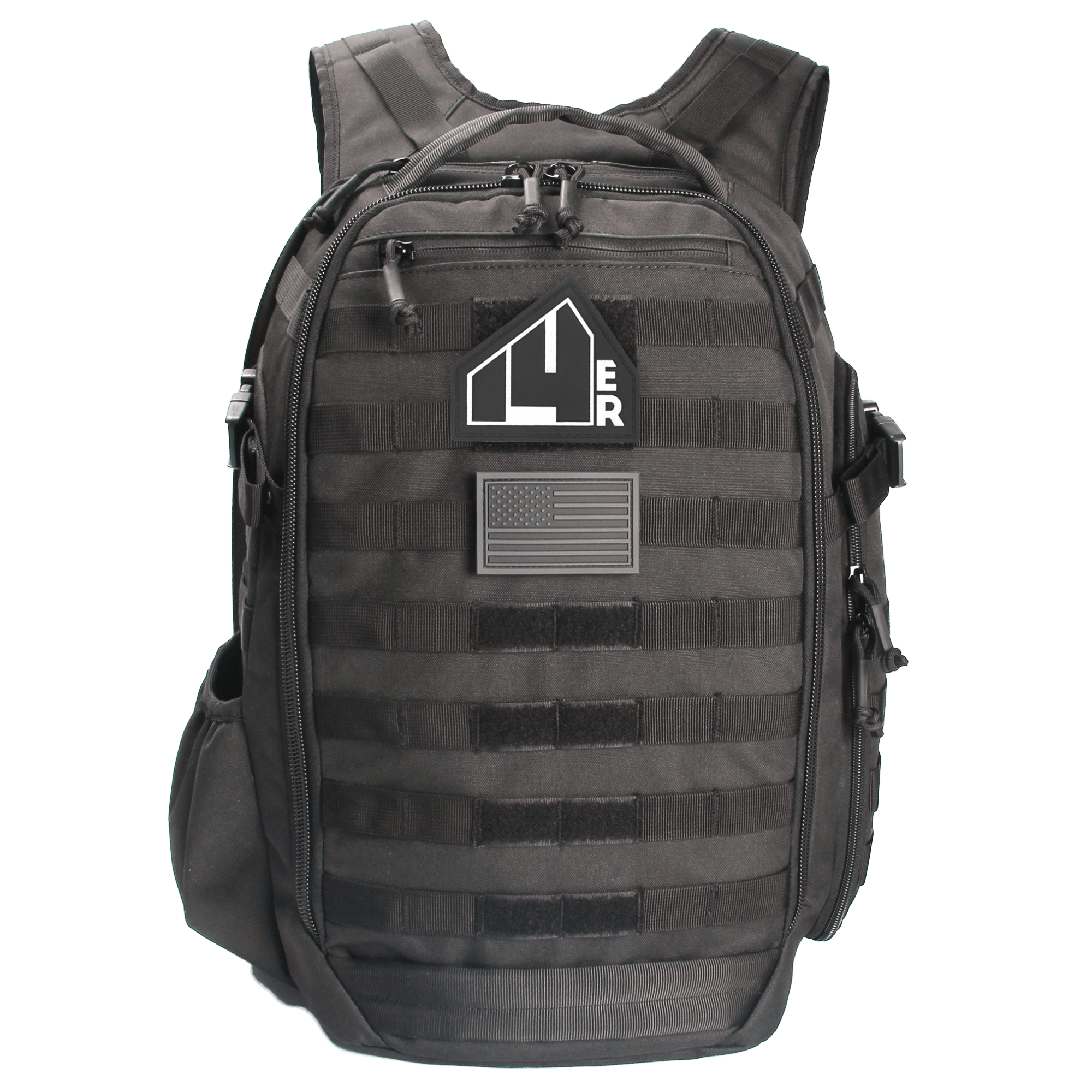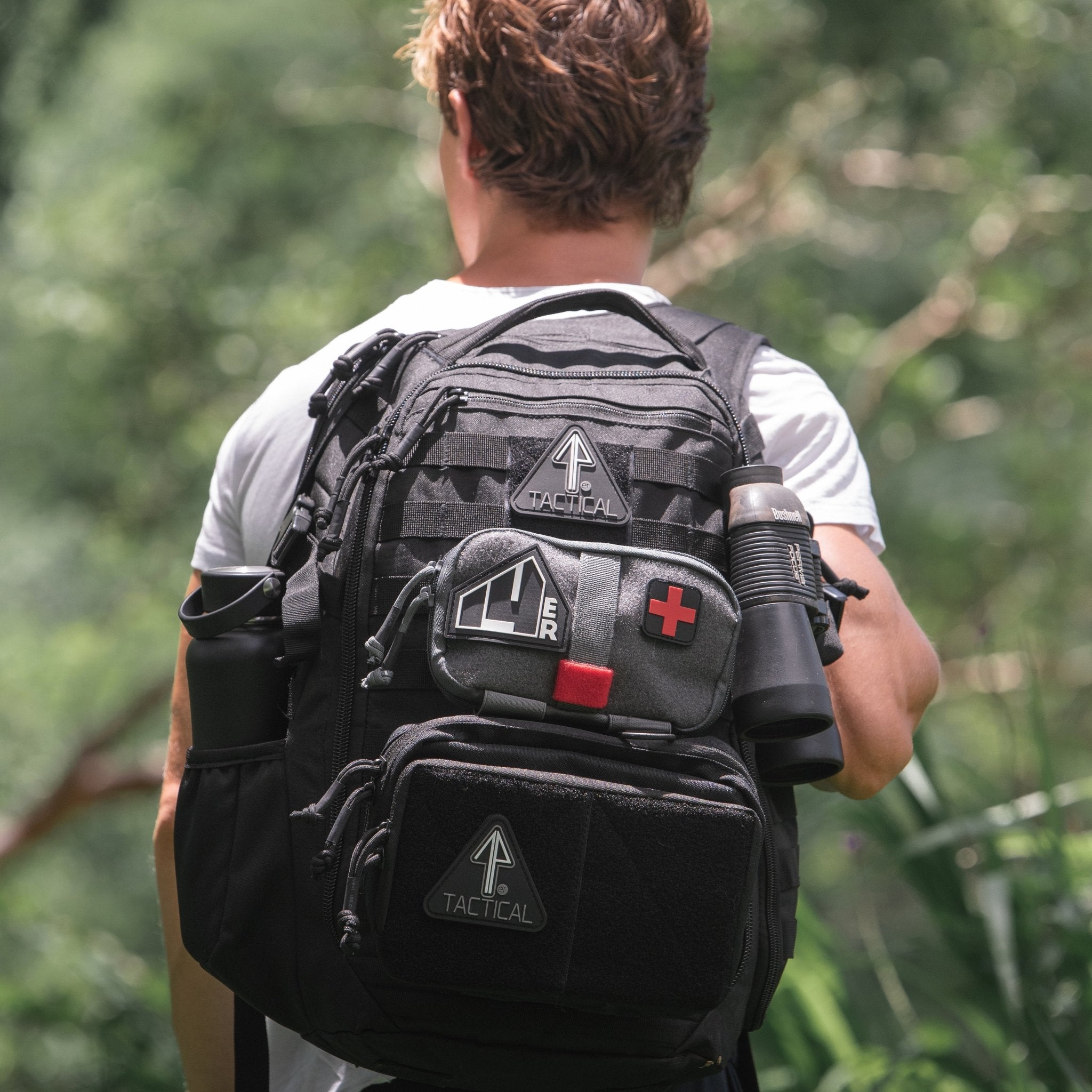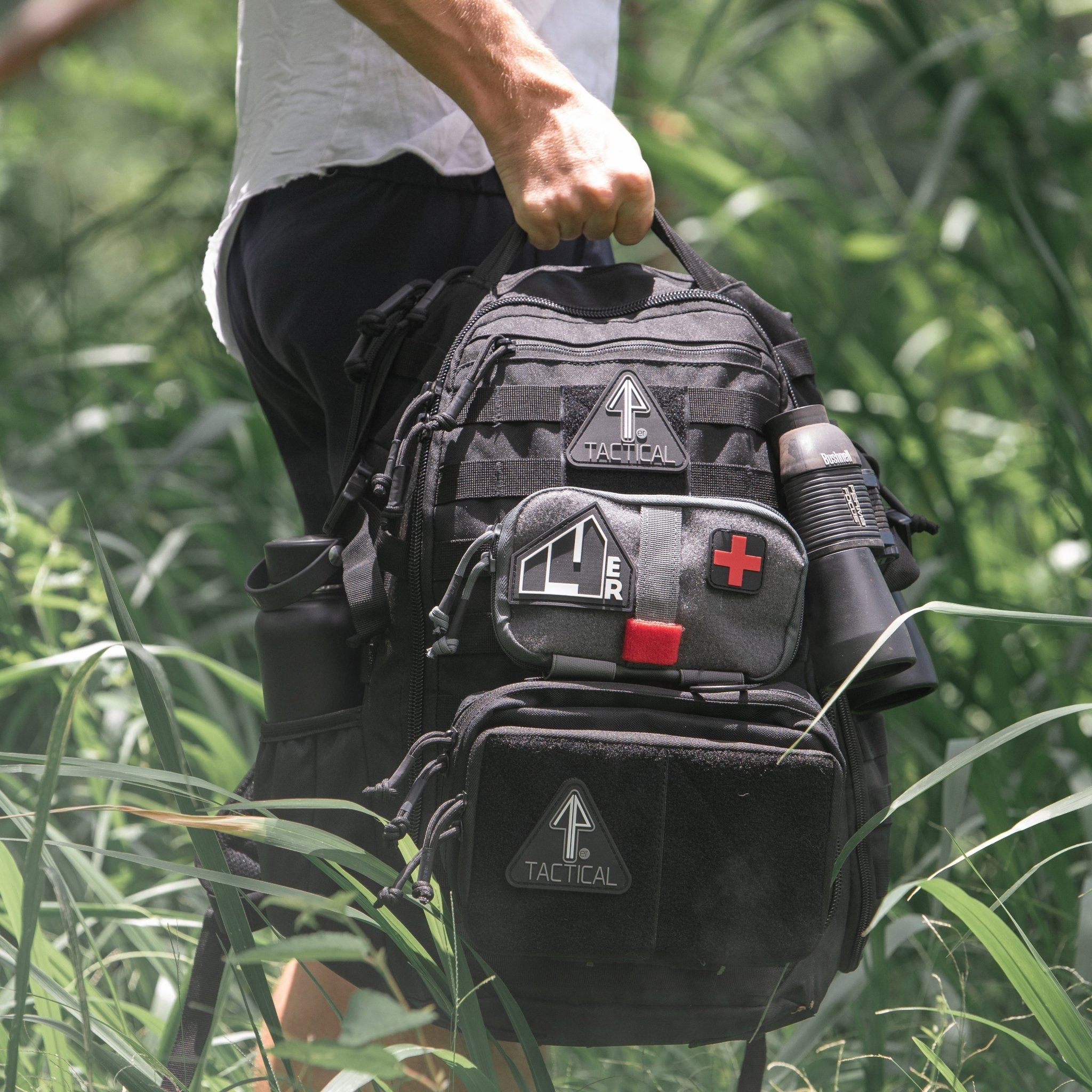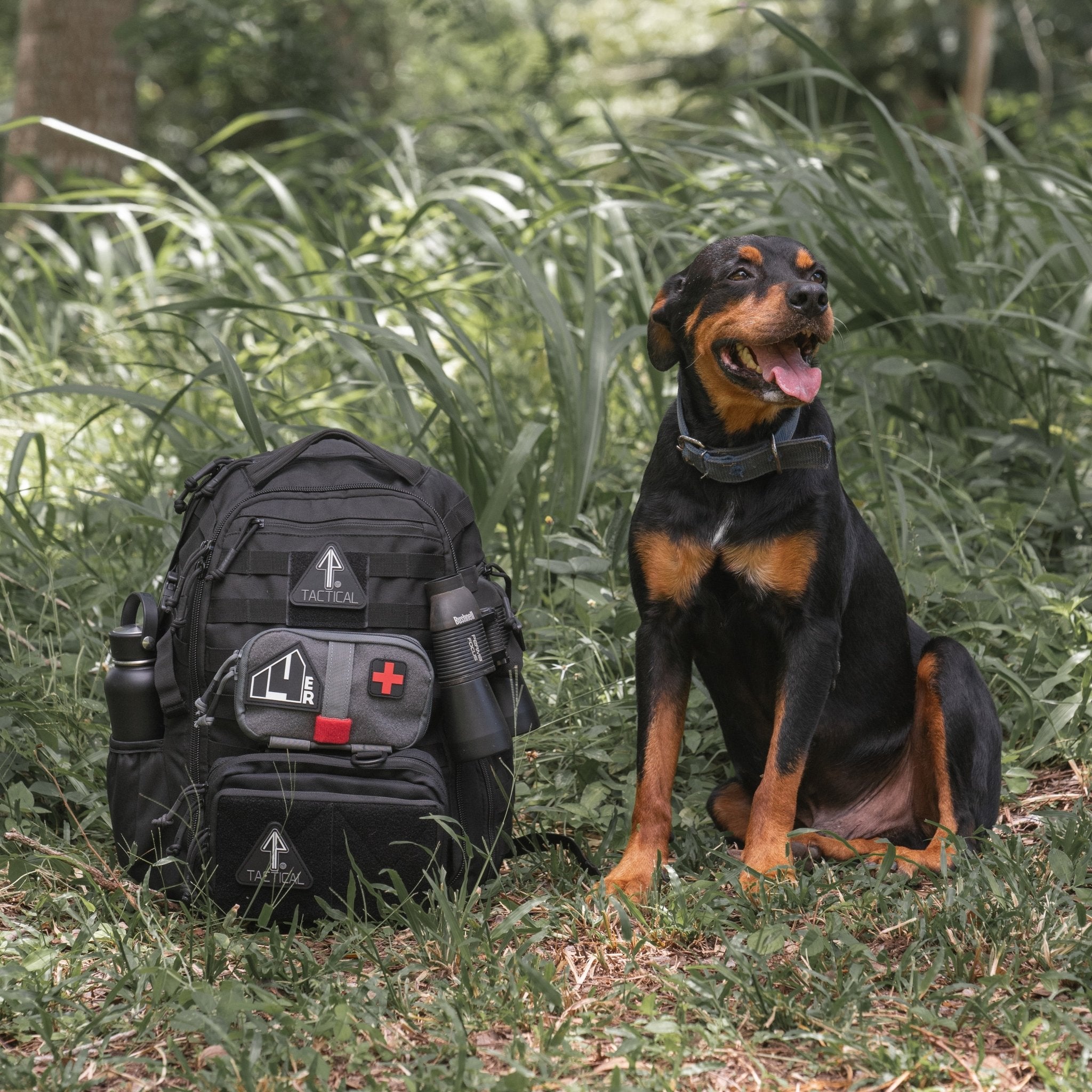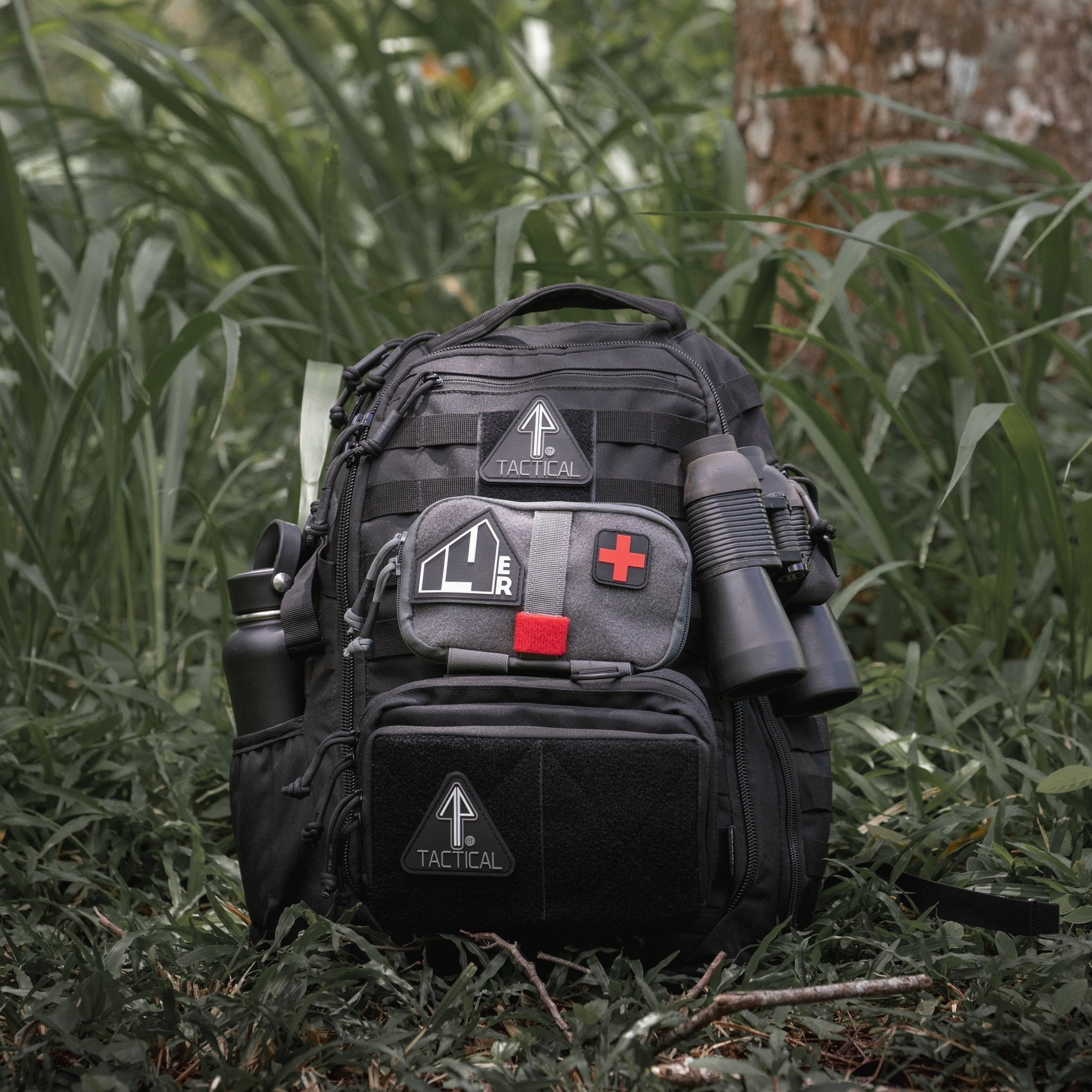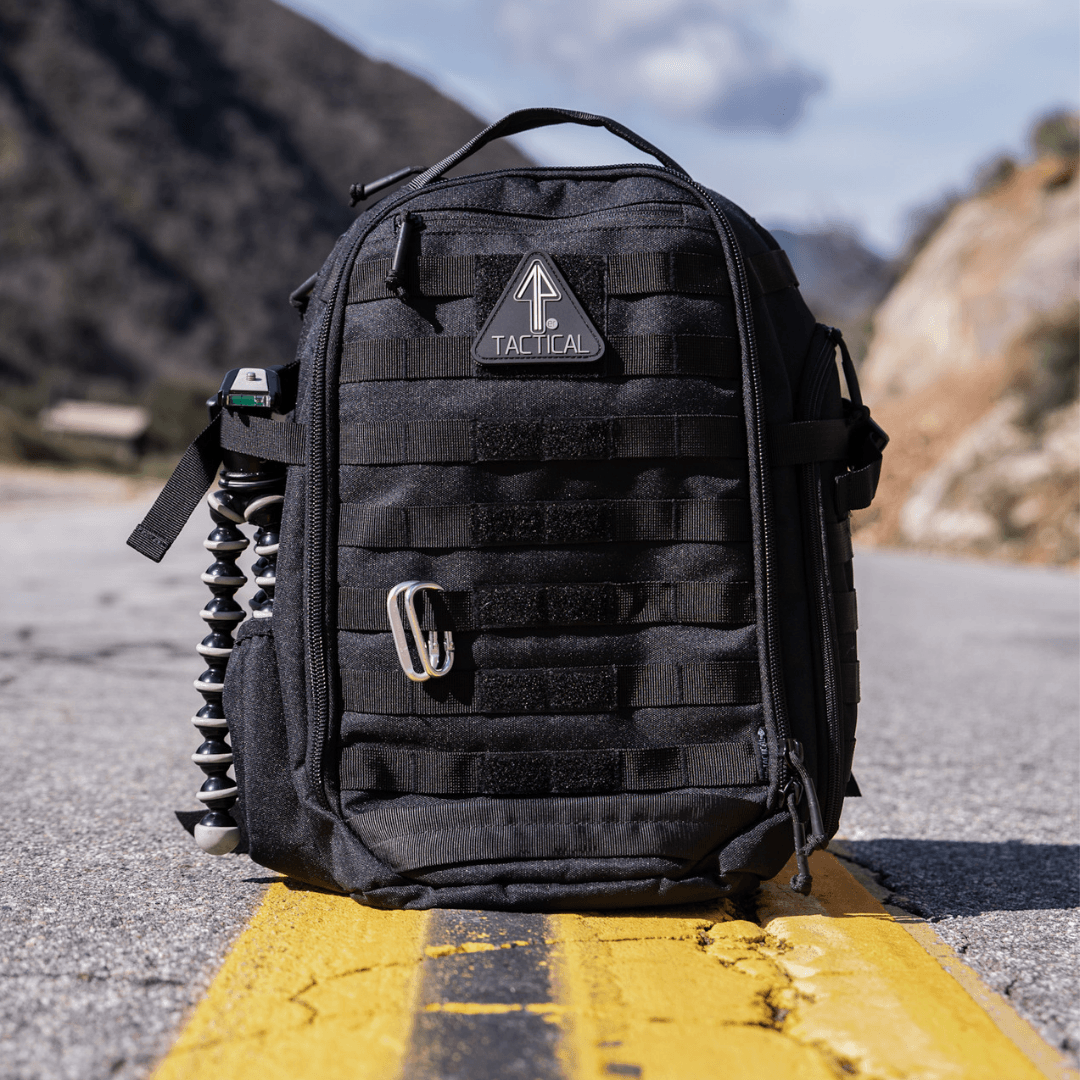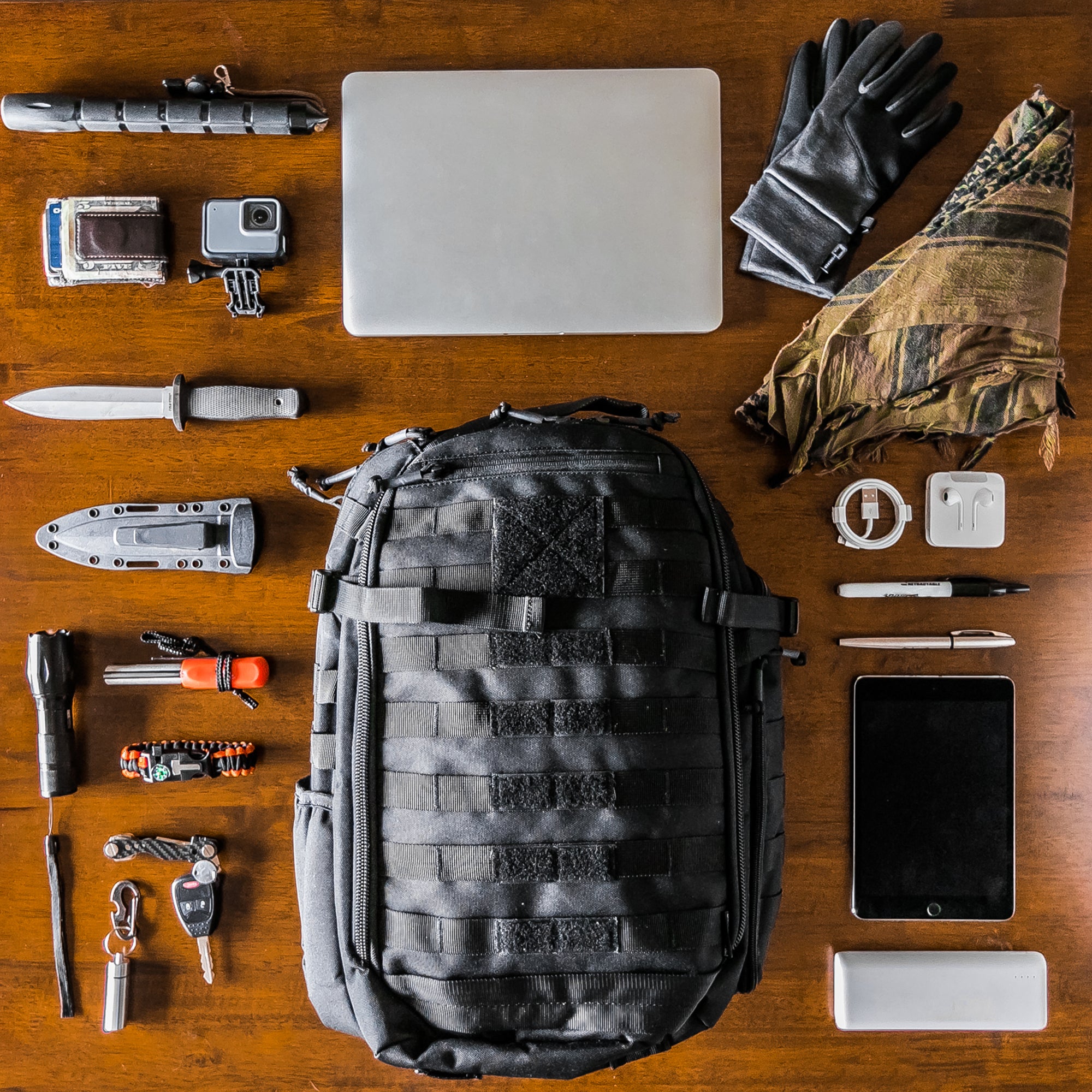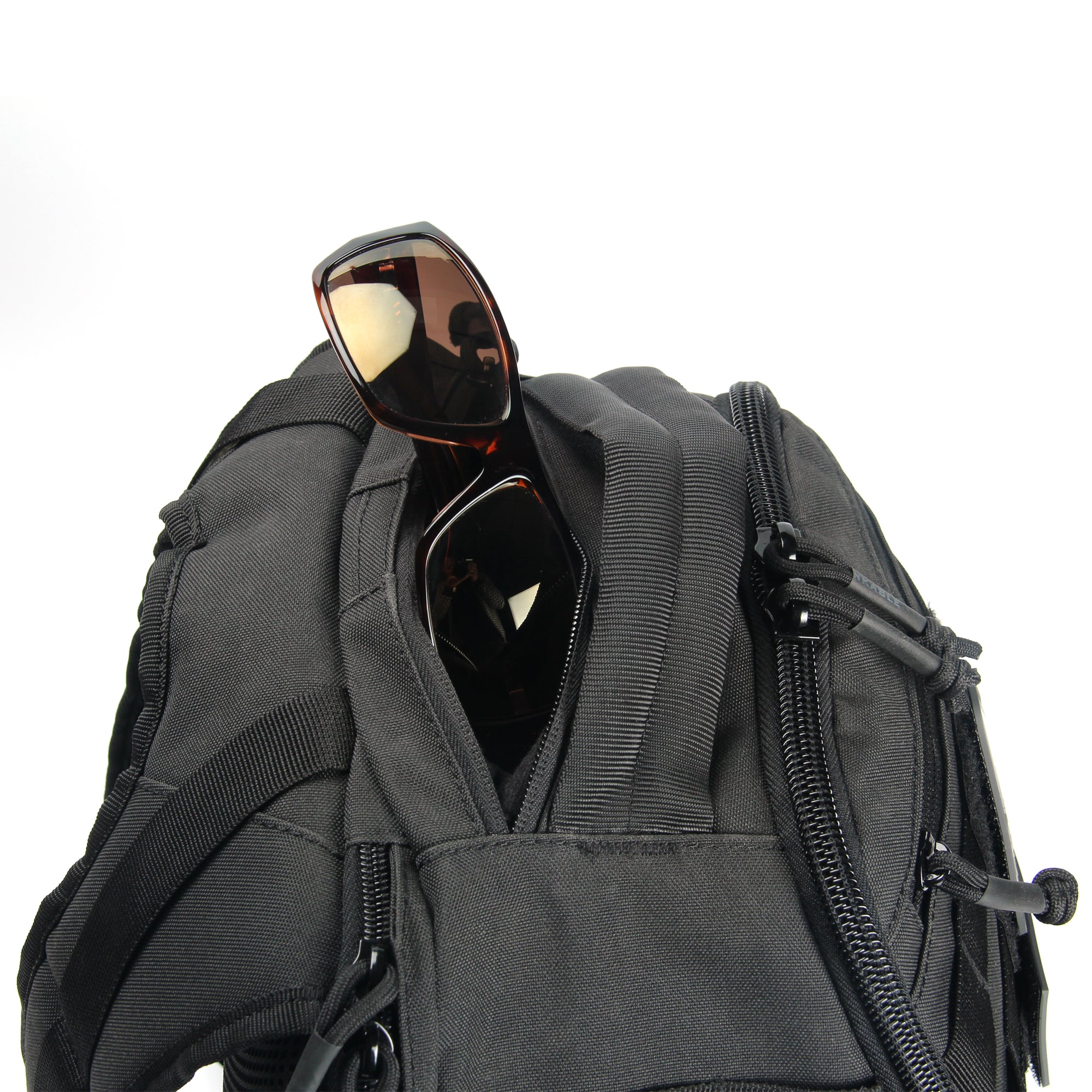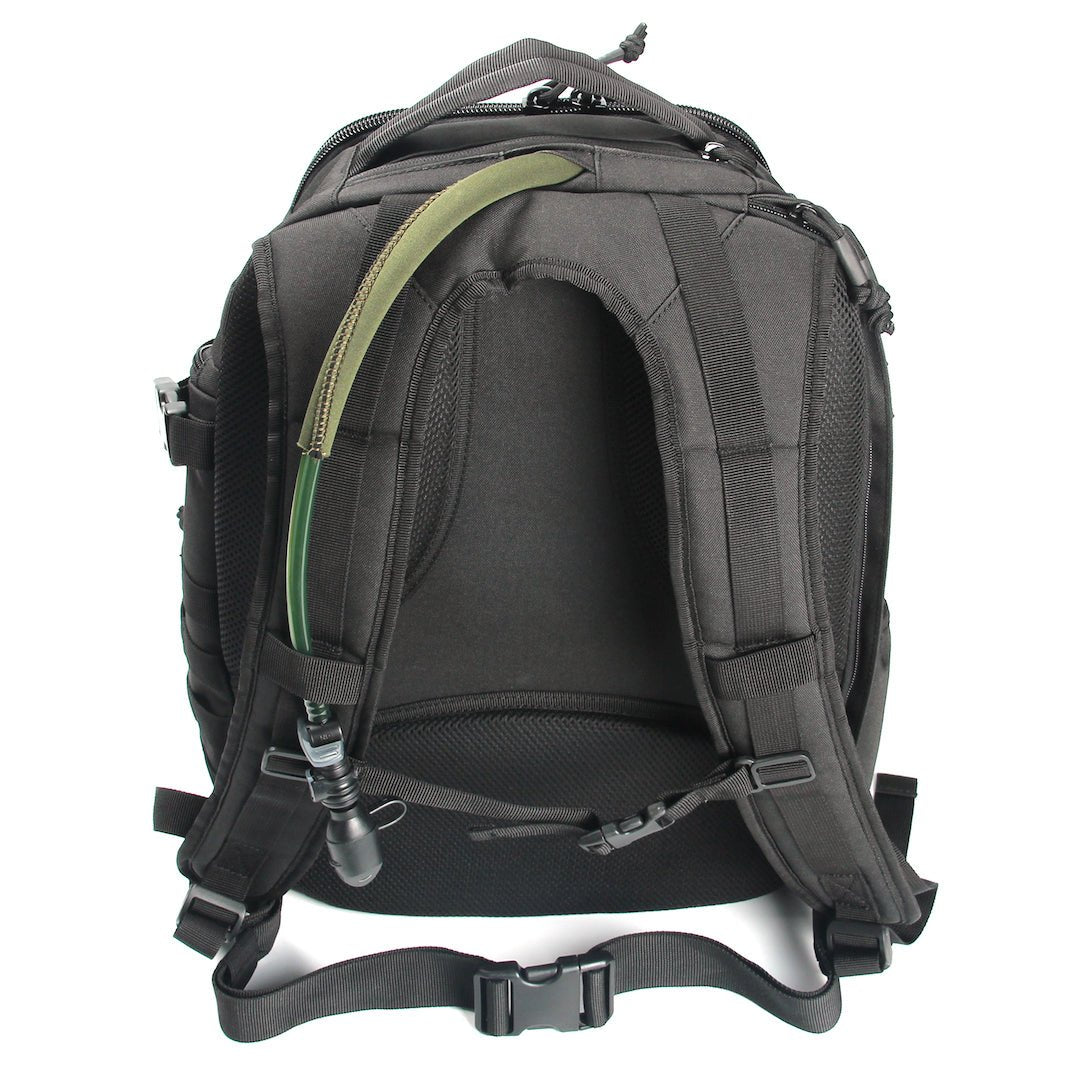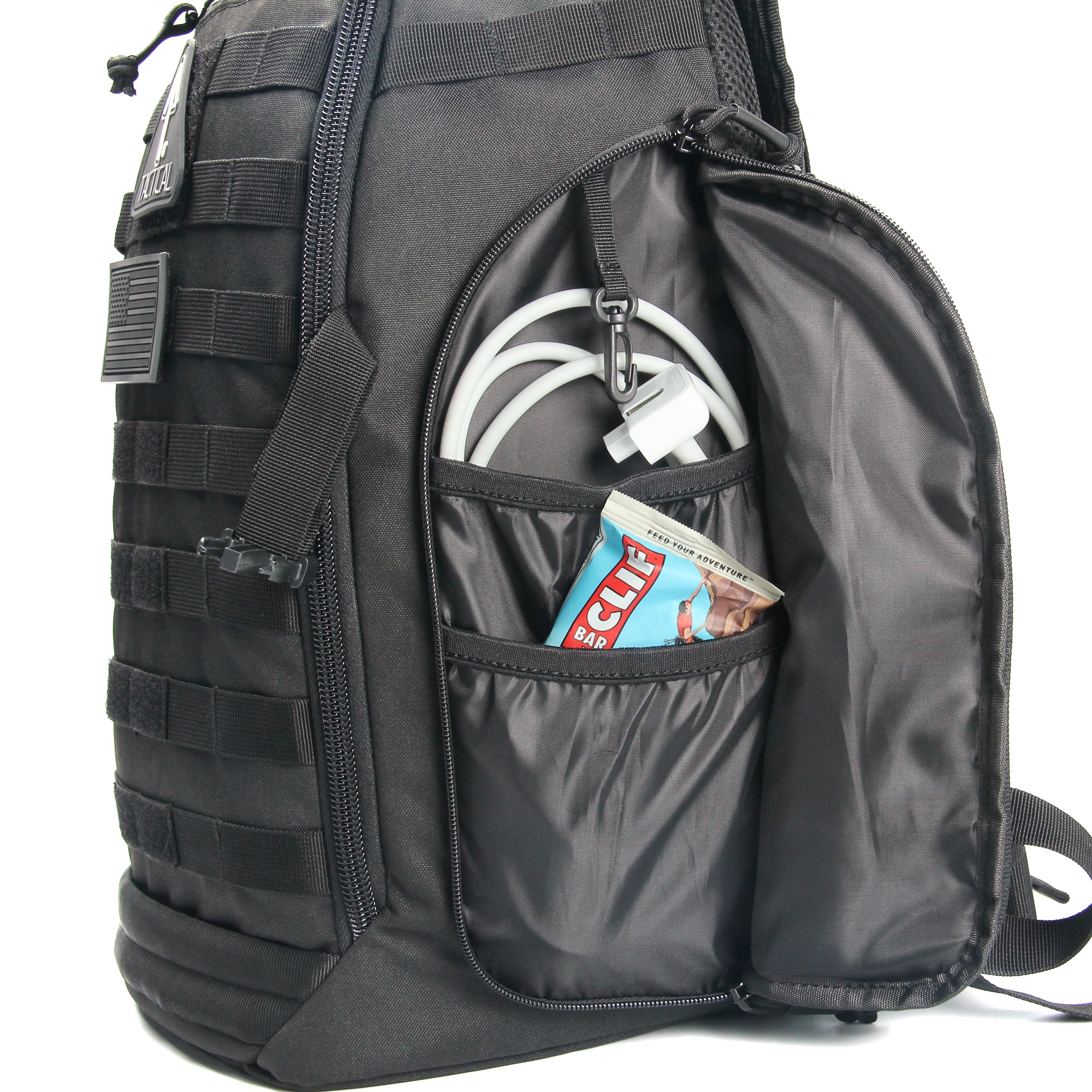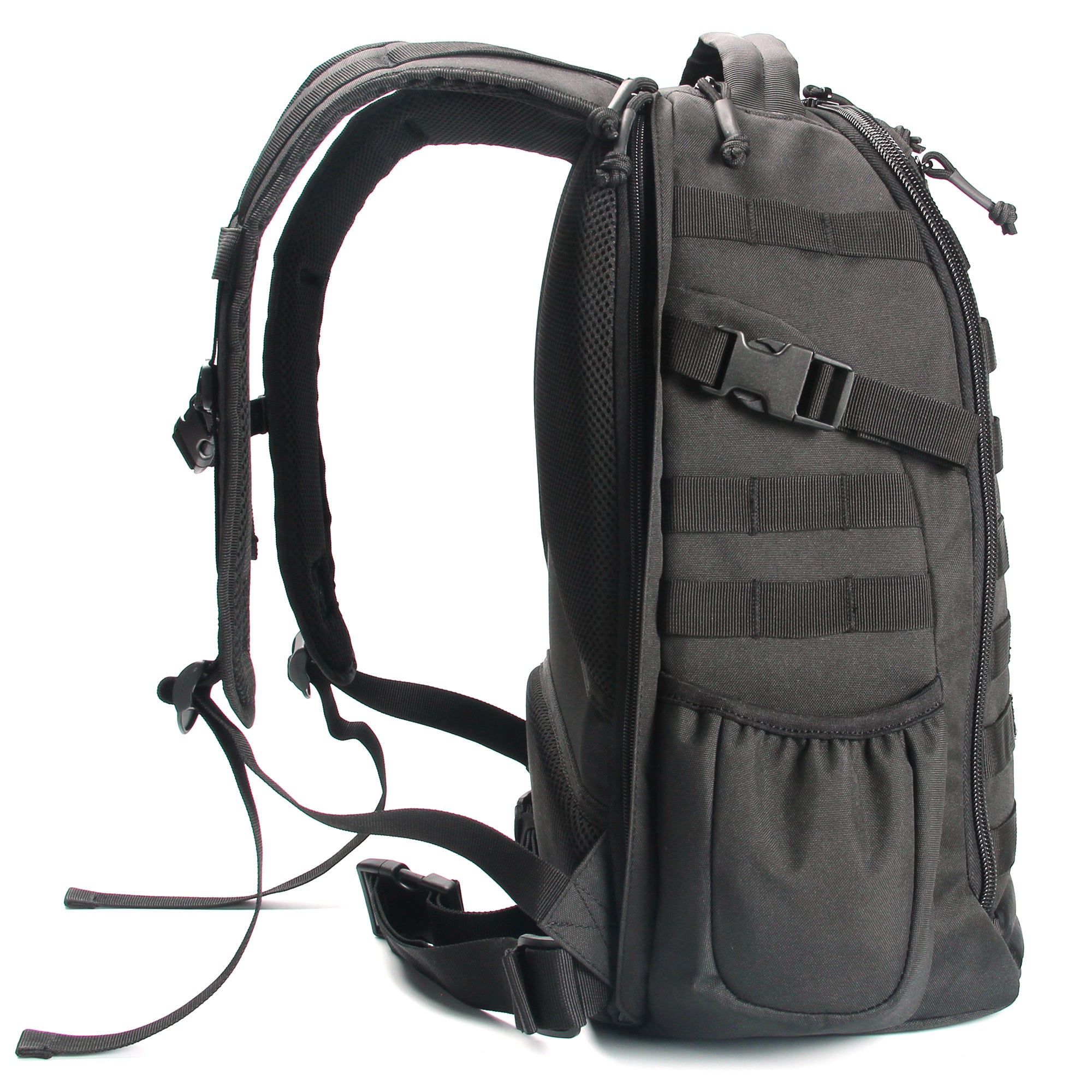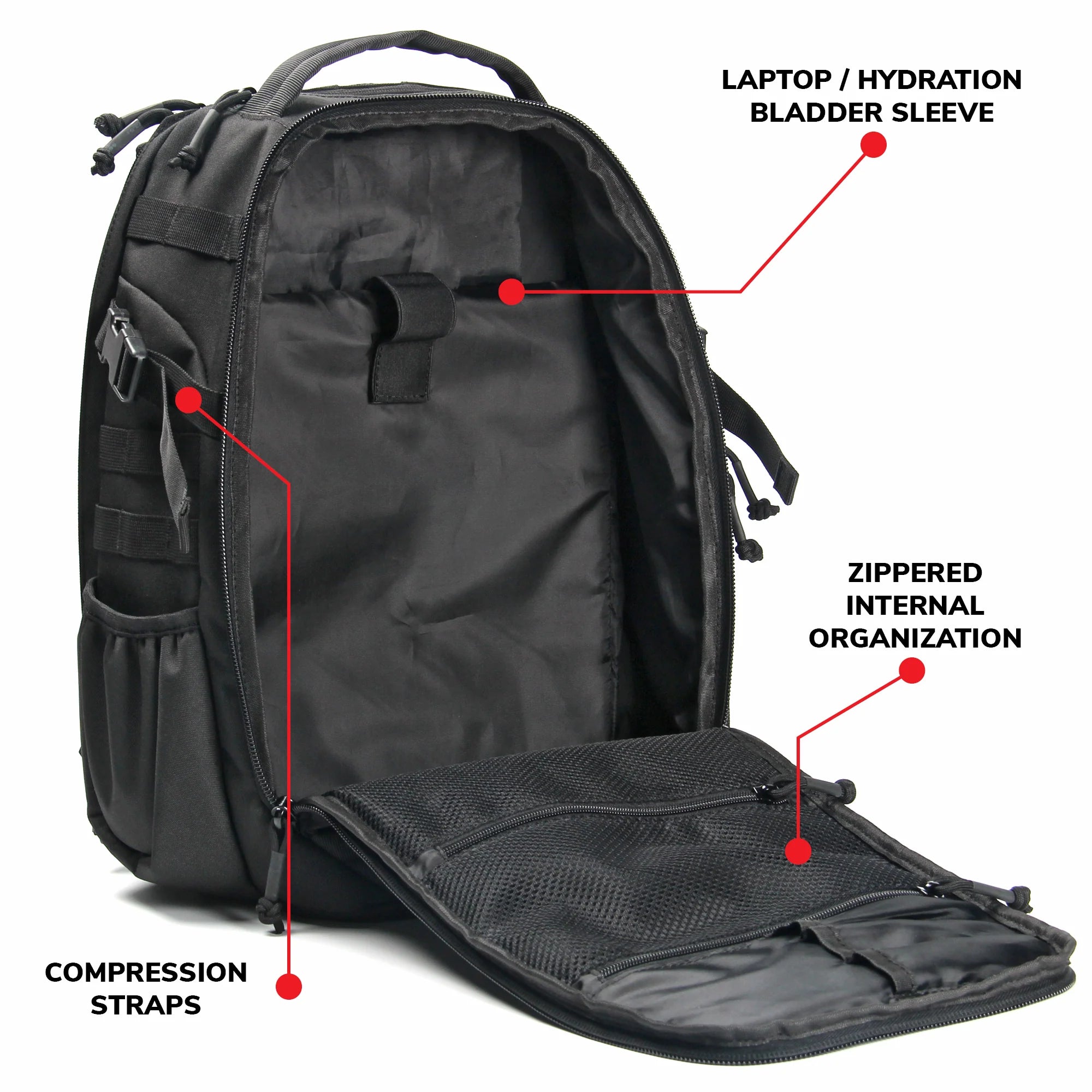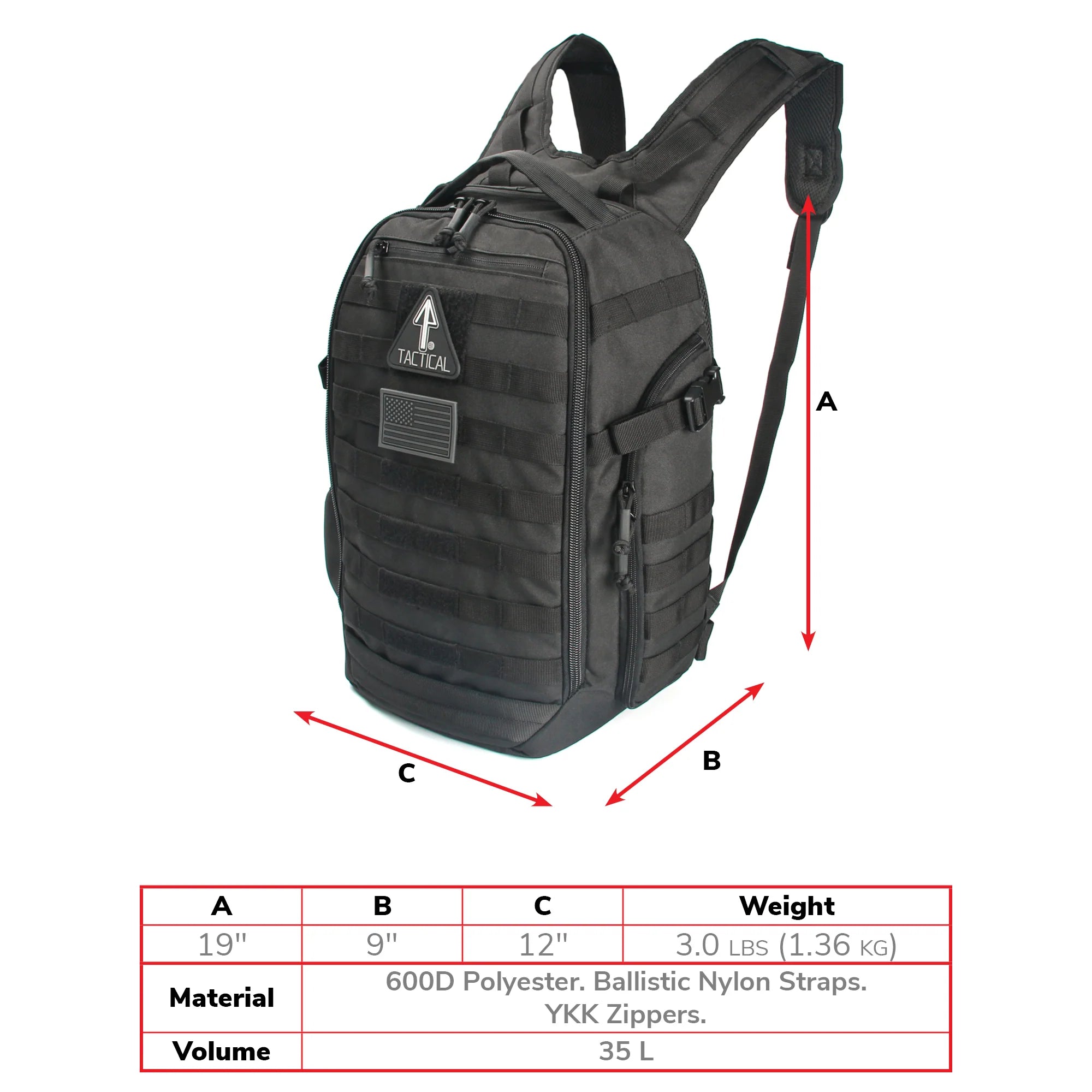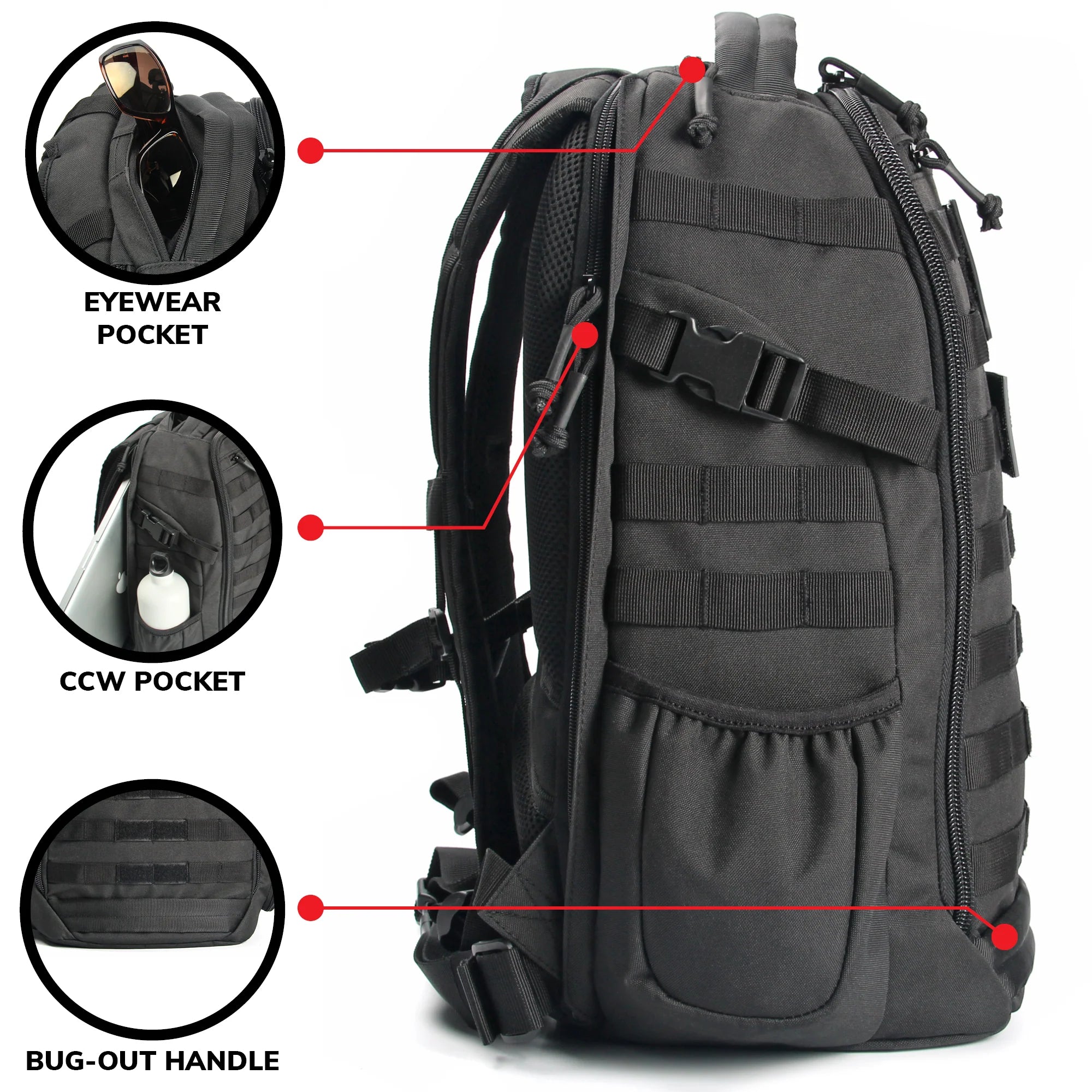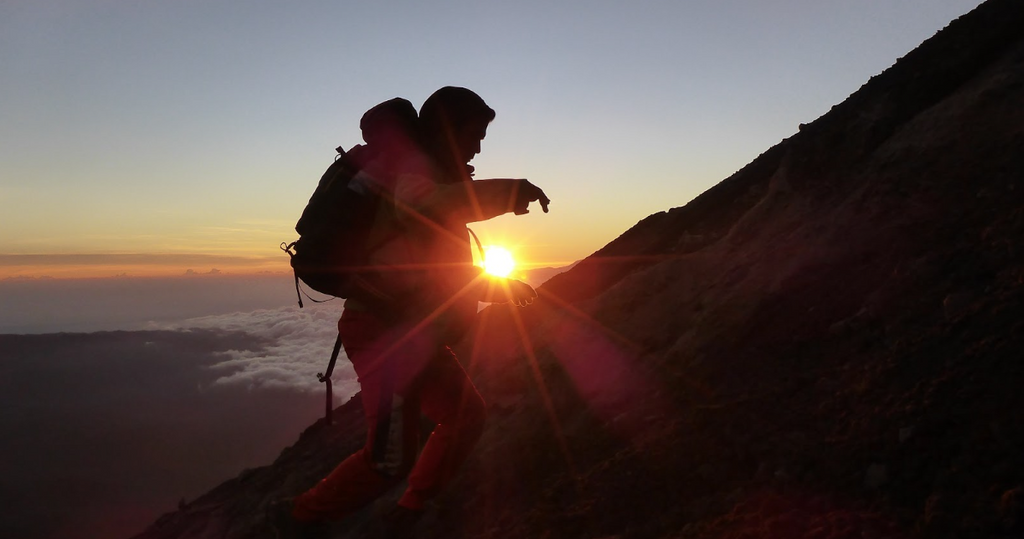
Looking forward to your next outdoor adventure? You probably want to start packing already! The excitement of preparing for your hiking trip often motivates us to gather all the tactical gear and clothing we require. It’s great to be ready for adventure!
And all too often, we end up gathering too much stuff. But a hike calls for a more lightweight approach. How many items of long-distance trekking equipment will you really need? With good tactical thinking, you can reduce your backpack load considerably.
We’re here to help you lighten your pack! This is a quick guide to ideal gear options: compact tactical backpacks, tactical hiking safety gear, lightweight hiking clothing and footwear, multi-functional hiking tools, lightweight navigation tools, compact hydration and nutrition for hiking.
The Philosophy Behind Lightweight Tactical Gear for Extended Hikes
Hiking is both challenging and rewarding. It’s a pastime well suited to the tactical lifestyle, as it naturally trains your survival skills and endurance. And it’s fun, of course. You train more when you’re having fun.
Know what’s not fun? Having a sore back and shoulders. Straining your spine. Feeling your leg muscles ache so much that you struggle to even walk. You want to challenge yourself, but you sure don’t want to wreck your body. You’ve gotta apply tactical thinking to the task of efficient packing for trekking.
Having the right tactical mentality will ensure a better hiking experience. You’ve gotta start with the careful selection of long-distance trekking equipment. Understand what you will be able to manage without hampering your abilities or causing you physical harm. The time to focus on weight lifting should be spent at the gym—not while you are hiking in the wilderness. Trekking has the potential to throw you into a survival situation. It makes no sense to create obstacles to survivability.
With these factors in mind, you can see why it makes sense for tactical gear for extended hikes to be lightweight.
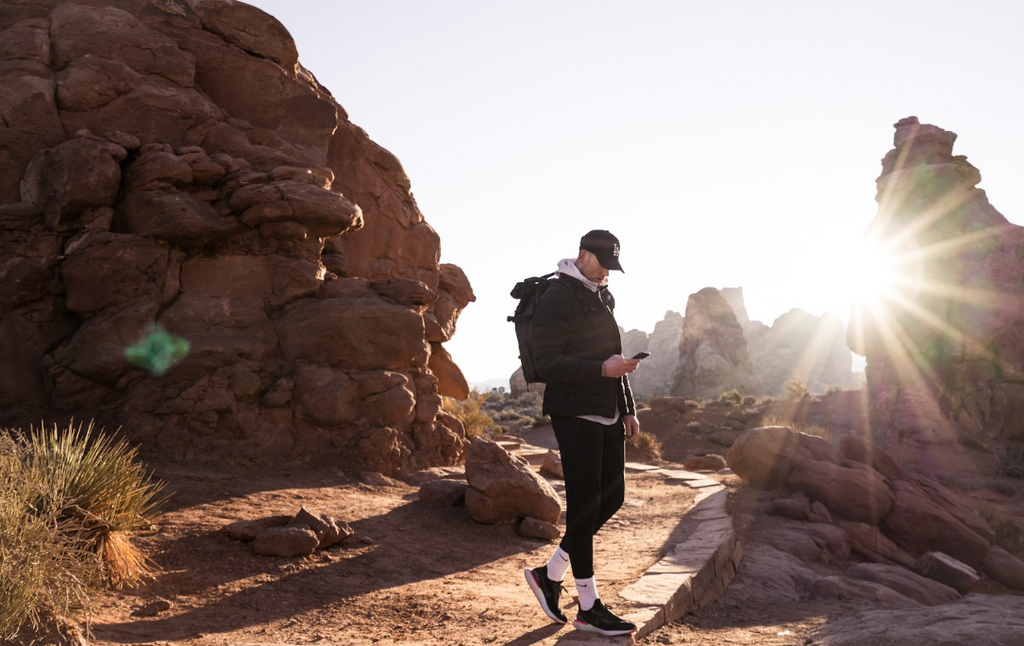
Essential Lightweight Tactical Gear for Hiking: Compact Tactical Backpacks
Tactical gear is generally made out of advanced materials—lightweight fabrics that also prove highly durable. Ballistic nylon is one of these superior materials. Be sure to take note of the denier count of the fabric used in construction. In the case of ballistic nylon, 840d (840 denier) falls on the lighter end of the weight spectrum while still offering impressive toughness and flexibility. For polyester, 600d is a suitable weight, strong enough to resist punctures.
You also need to review the functionality of the product. In the case of compact tactical backpacks, you are looking for qualities like water resistance, compartment access, organization style and modularity. For example, the 14er Tactical Backpack has its body made from splash resistant, top-grade polyester and its straps from sturdy ballistic nylon. It features an easy-access eyewear pocket and a well-positioned CCW pocket that allows for speedy deployment of a firearm (or whatever you need to be able to grab quickly).
The 14er Tactical Backpack also features PALS strips, providing a MOLLE system that lets you easily customize the bag to suit your packing needs. This modular system lets you attach or remove external pouches so you can carry more or less stuff.
Essential Lightweight Tactical Gear for Hiking: Lightweight Hiking Clothing and Footwear
Outdoor adventure clothing will often be made out of advanced materials. These can include:
- Polyester, Nylon and Blends: Synthetic fabrics known for their incredible elasticity. They allow a lot of flexibility without breaking. Besides being lightweight, these fabrics have moisture-wicking properties that suit a hiker’s needs very well.
- Ripstop: A nylon product that has anti-ripping reinforcement threads woven in a gridlike pattern throughout the material. If this type of fabric does rip, the tear will stop at the reinforcement thread, preventing a large break in the fabric.
- Microfiber: Generally made from a synthetic fabric (such as polyester), microfiber materials can absorb moisture incredibly well. This can keep you feeling dry while you’re hiking.
- Merino Wool: Unlike the nylon materials, this wool product is made from natural fibers. It has similar properties, however, as it is lightweight, breathable and moisture-wicking. It does not easily retain odors, so you’ll have less of a problem with stinky clothing.
- Gore-Tex: A patented product that is breathable and waterproof. It is an excellent choice of material for lightweight hiking clothing and footwear. Gore-Tex items are more expensive, however, compared to equivalent products made from other fabrics.
These materials can be found in many outdoor products including hiking shoes, tactical pants, shirts, jackets, climbing accessories and other long-distance trekking equipment. Tents, sleeping bags, ground sheets and backpacks can be made from these advanced fabric products.

Lightweight Navigation Tools and Multi-Functional Hiking Tools
The outdoor adventuring industry has gotten huge! And you’ll find all kinds of products and tools being offered to nature trekkers. While many of these items can be useful, some are hardly essential to the hiking hobby. If you practice efficient packing for trekking, you’ll only bring along the items you really need.
Among the essentials are tools to help you navigate your way. Getting lost in the woods is not ideal. You want to keep that from happening. You also want to avoid prolonging your trek by taking a less efficient route. A couple of lightweight navigation tools will be of great use. One of these should be a trail map. The other can be a handheld GPS device.
Multi-functional hiking tools can help you lighten your load. Instead of bringing several different items, you can reduce your options to a single one. The multi-tool is an excellent example of such a product. It provides you with a knife along with other handy tools such as a serrated blade, mini saw, pick, file and pliers.
Other survival tools should be considered on the basis of how intensive the survival aspect of the trek will be. For long-distance hiking over several days, you’ll need a lightweight cooking system, dependable shelter and a fire starting kit.
Tactical Gear for Extended Hikes: Compact Hydration and Nutrition for Hiking
Any hiker will tell you that hydration is the key to a good day of outdoor adventuring. The trouble is that water is bulky and heavy to carry. That might not be a problem for a single day of trekking, but what about a trip that will take three or more days?
For such an adventure, you’ll need to replenish your water supply regularly. That means you’ll need a lightweight water purification system. Tablets are very lightweight and fairly effective. Water filters can prove very handy. More heavy duty water purification tools may be necessary if you are trekking someplace where the water sources can harbor viruses.
Nutrition for your hike requires careful planning. You definitely don’t want to bring bulky snacks with little nutritional value! Understand your nutritional needs and find lightweight food options that can meet your requirements. Some food items to consider are: trail mix, whole grain foods, energy bars, granola bars, dried fruits and vegetables, dried jerky, nuts. Try not to bring canned goods. Many trail foods are available in pouches, which are good for efficient packing for trekking. Cooking ingredients in pouches are also preferable to those in cans.
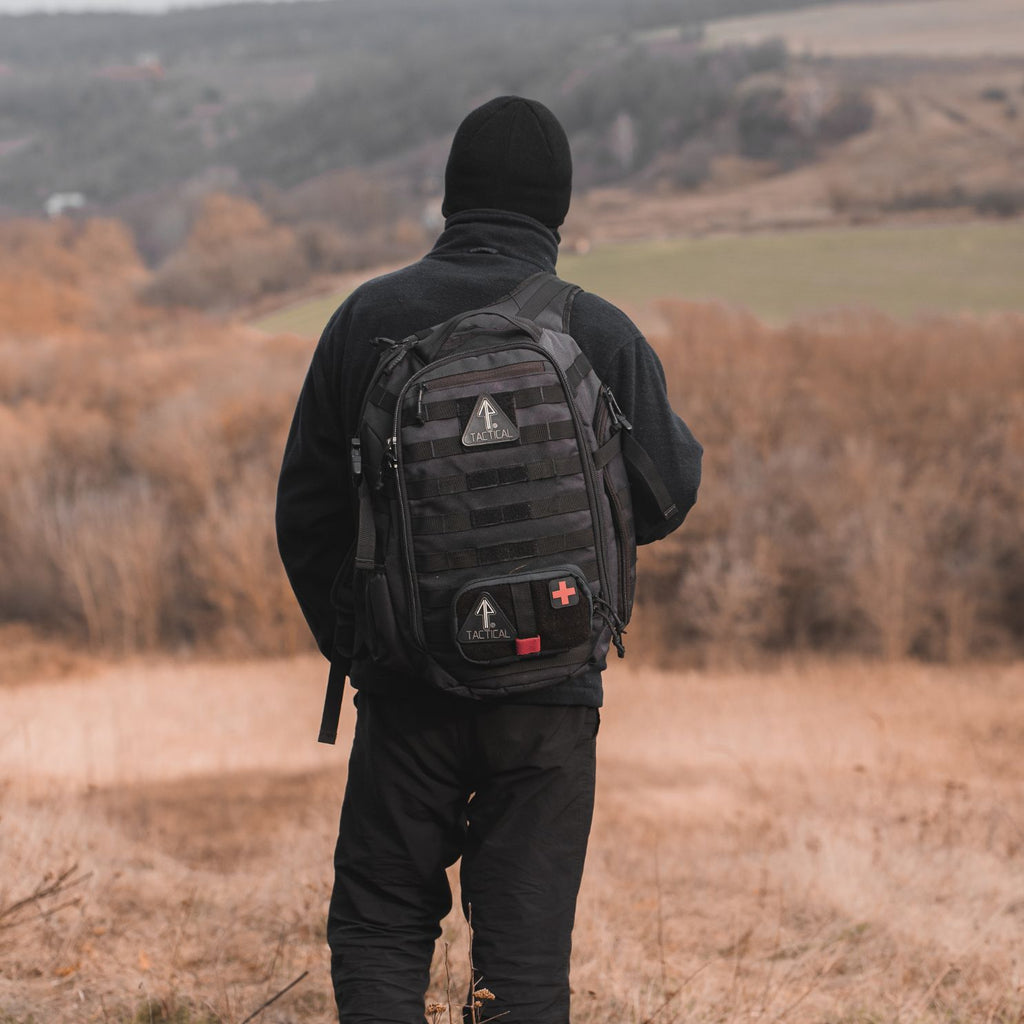
Finalizing Your Checklist: Tactical Hiking Safety Gear and More
We’re almost done gathering lightweight tactical gear for hiking! One thing you do not want to forget: tactical hiking safety gear. While you may not even need all of these items, you’ll want them in case of an emergency. You definitely can’t leave them off your list.
You’ll primarily want to have a compact but adequate collection of medical care supplies. These comprise your individual first aid kit, or IFAK. Secure the supplies in the suitably-named IFAK pouch, which can be strapped onto the hide of your backpack using MOLLE.
In addition to emergency supplies, you’ll also want the following items of tactical hiking safety gear: sun protection, eye protection, insect repellent or spray, and a topical remedy to deal with itching, allergies and rashes. Also bring any medication you need to take on a regular basis. Label everything clearly and correctly! You don’t want to get things mixed up when you’re trekking in the wild.
Finally, consider the additional equipment you may need if you will be venturing into a particularly harsh environment. If you’re trekking far above sea level, for example. In that case, we’ve got you covered! Check out our guide to tactical gear for high altitude hiking.


